Kathak dance form originating from the groups of poets of ancient northern India, known as Kathaks or storytellers. These poets, performing in village squares and temple courtyards, mostly specialized in recounting mythological and moral tales from the scriptures. They use to perform those stories with hand gestures and facial expressions.
It was a high-class theatre, using instrumental and vocal music along with stylized gestures, to tell the stories. In the time of Mughal culture, Kathak became a sophisticated chamber art and took care of by art-loving rulers. The practitioners of Kathak worked at refining its dramatic and rhythmic footwork, delighting elite audiences with their mastery over rhythm and the stylized mime.
The technique of Kathak is easy to understand by fast rhythmic footwork set to complex time cycles. The footwork is matched by the accompanying percussion instruments such as tabla and pakhawaj, and the dancer and percussionists often play with speed and ending in statuesque poses.
The story portion, based on tales of Radha and Krishna and other mythological lore, contains subtle gestures and facial expressions.
INSTRUMENTS USE IN KATHAK DANCE
Pakwaj, Tabla, Harmonium, Sarangi, and Talam(cymbals)

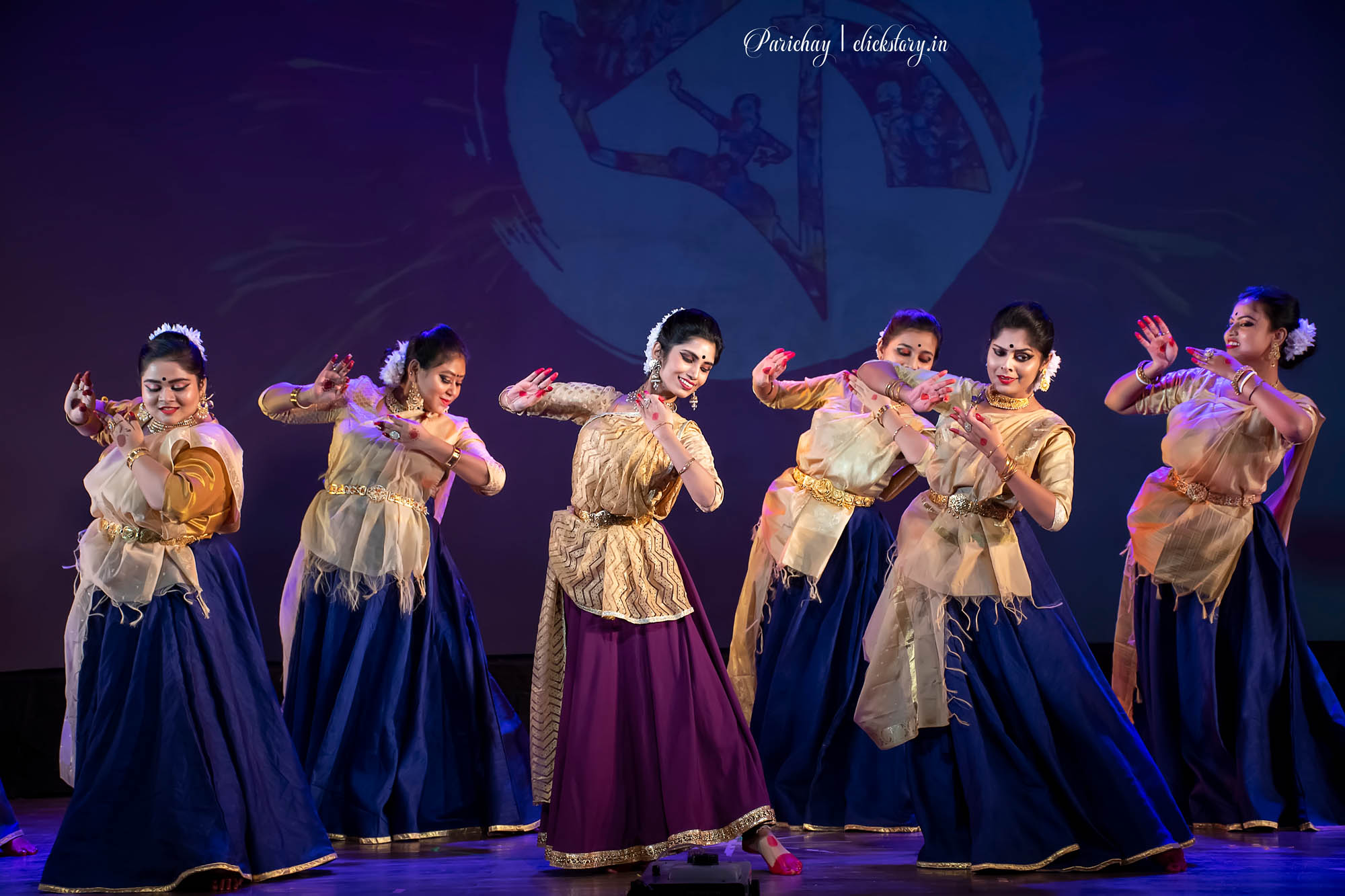
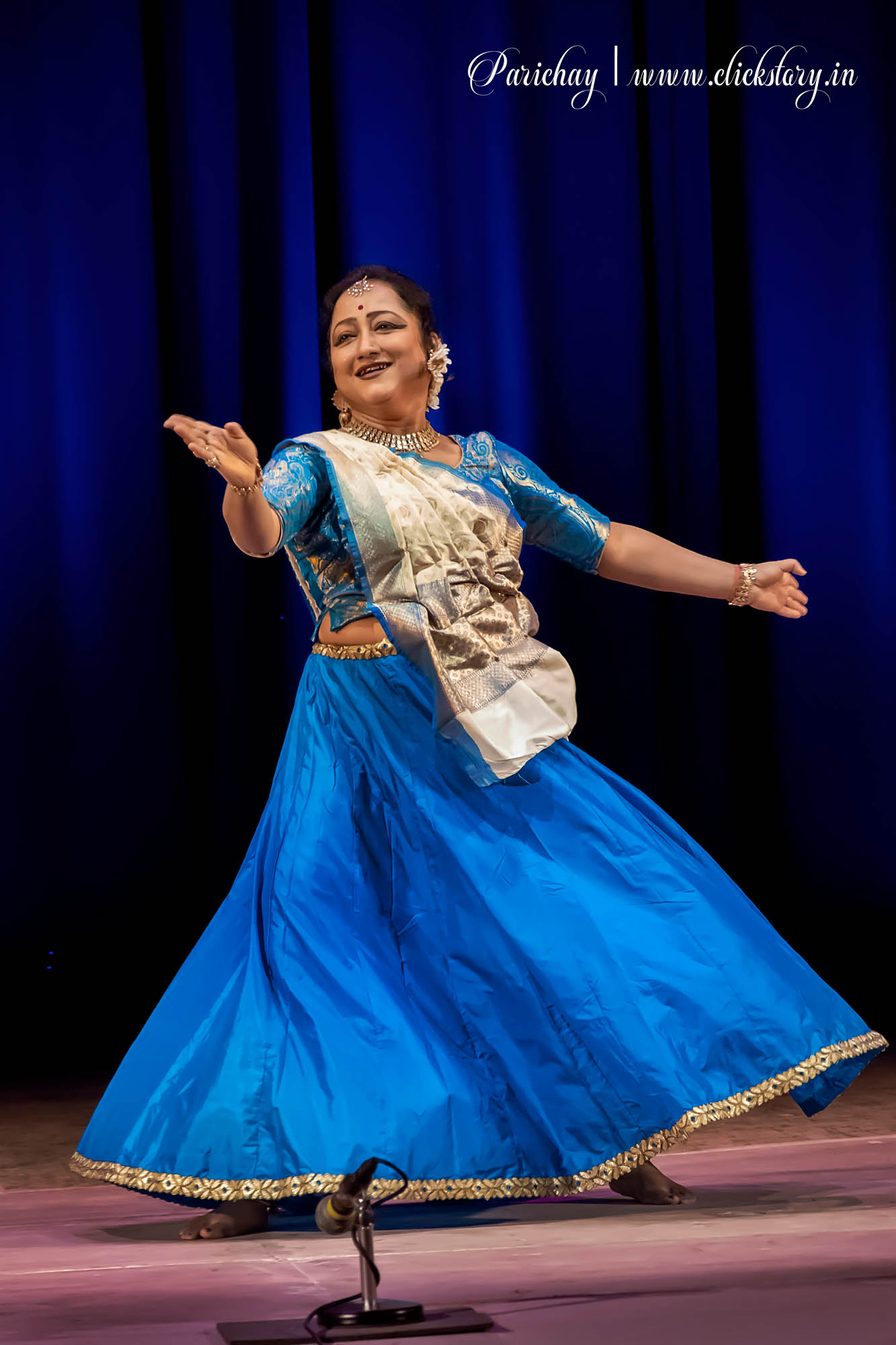

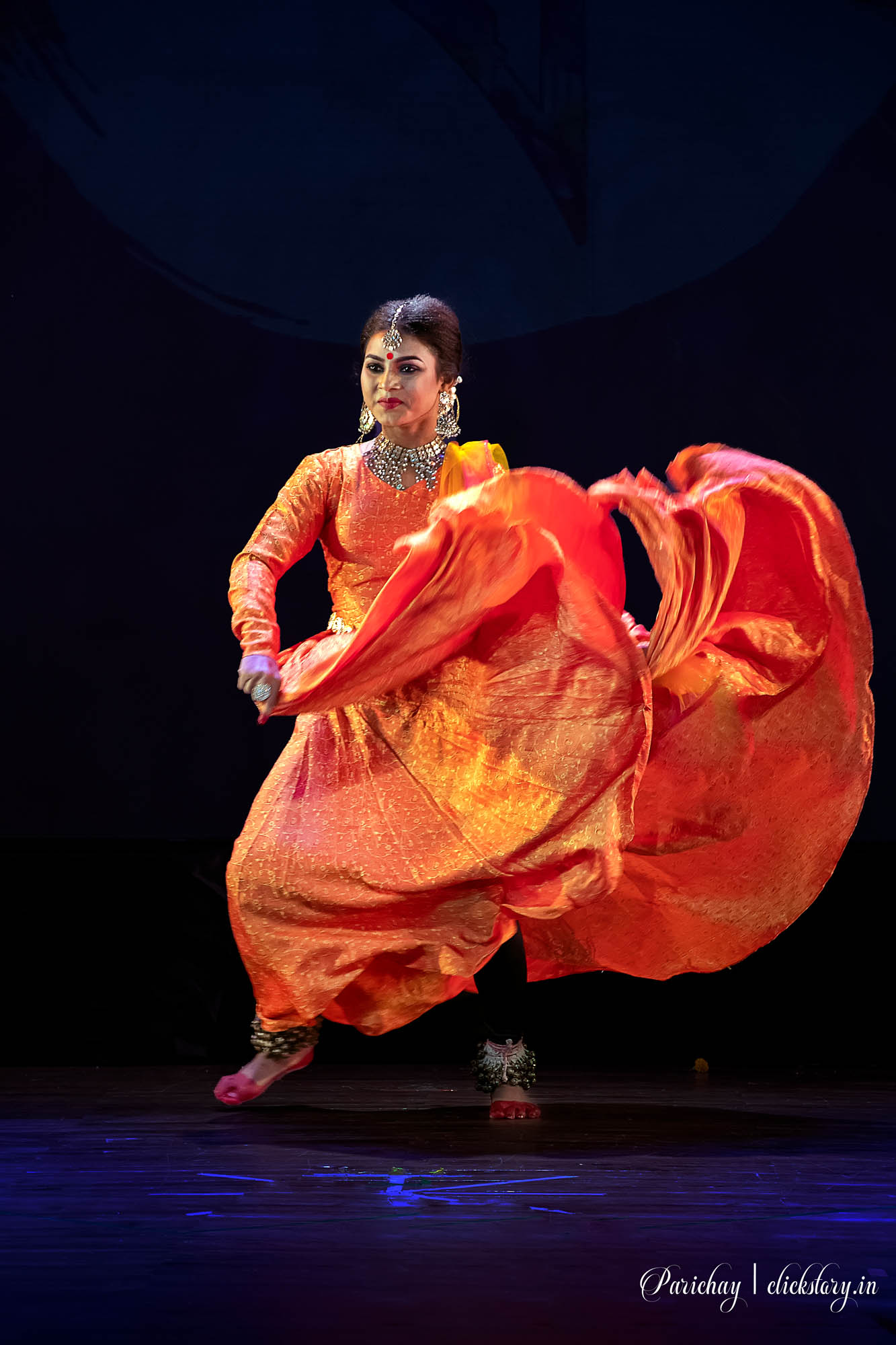
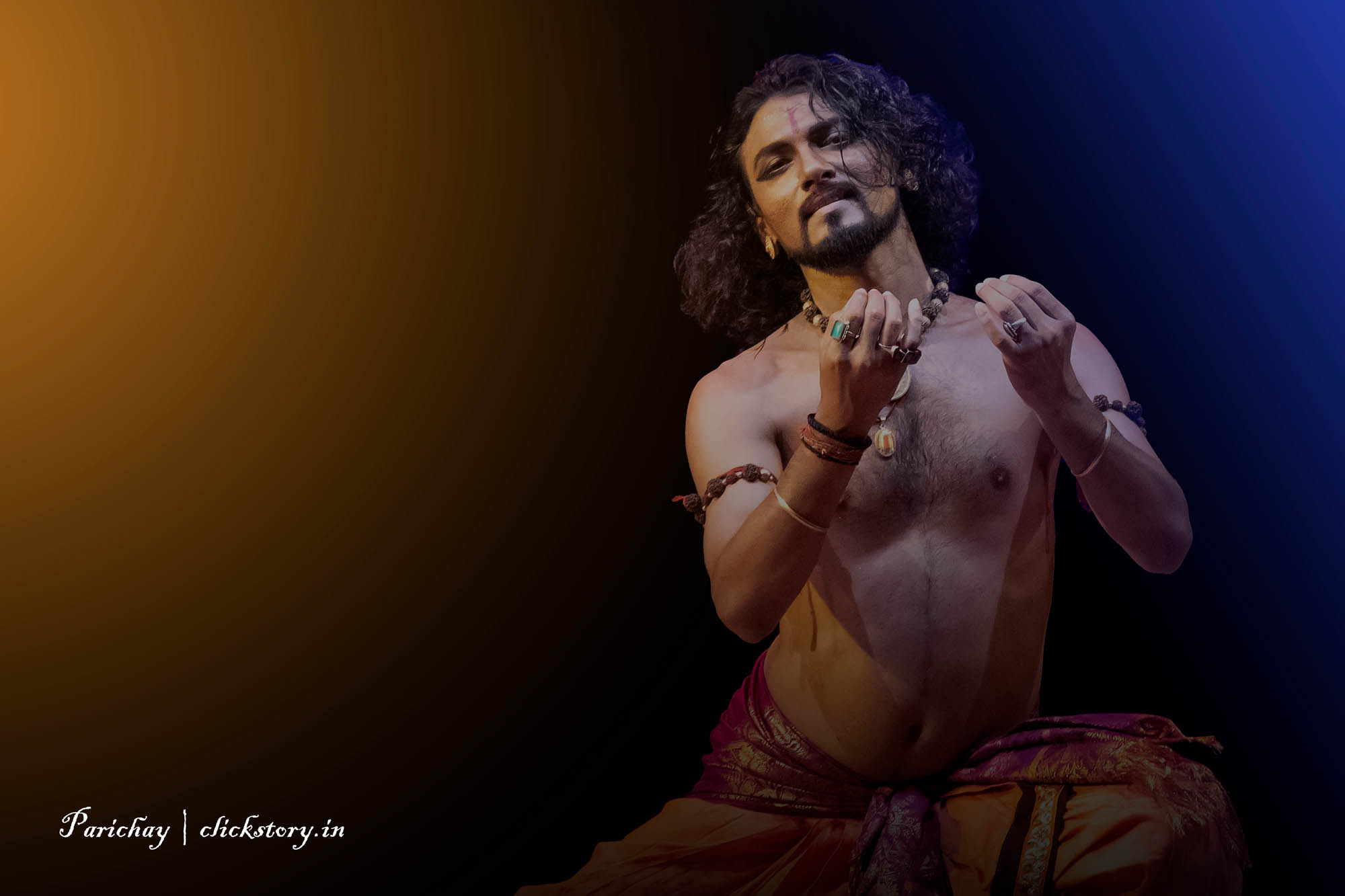
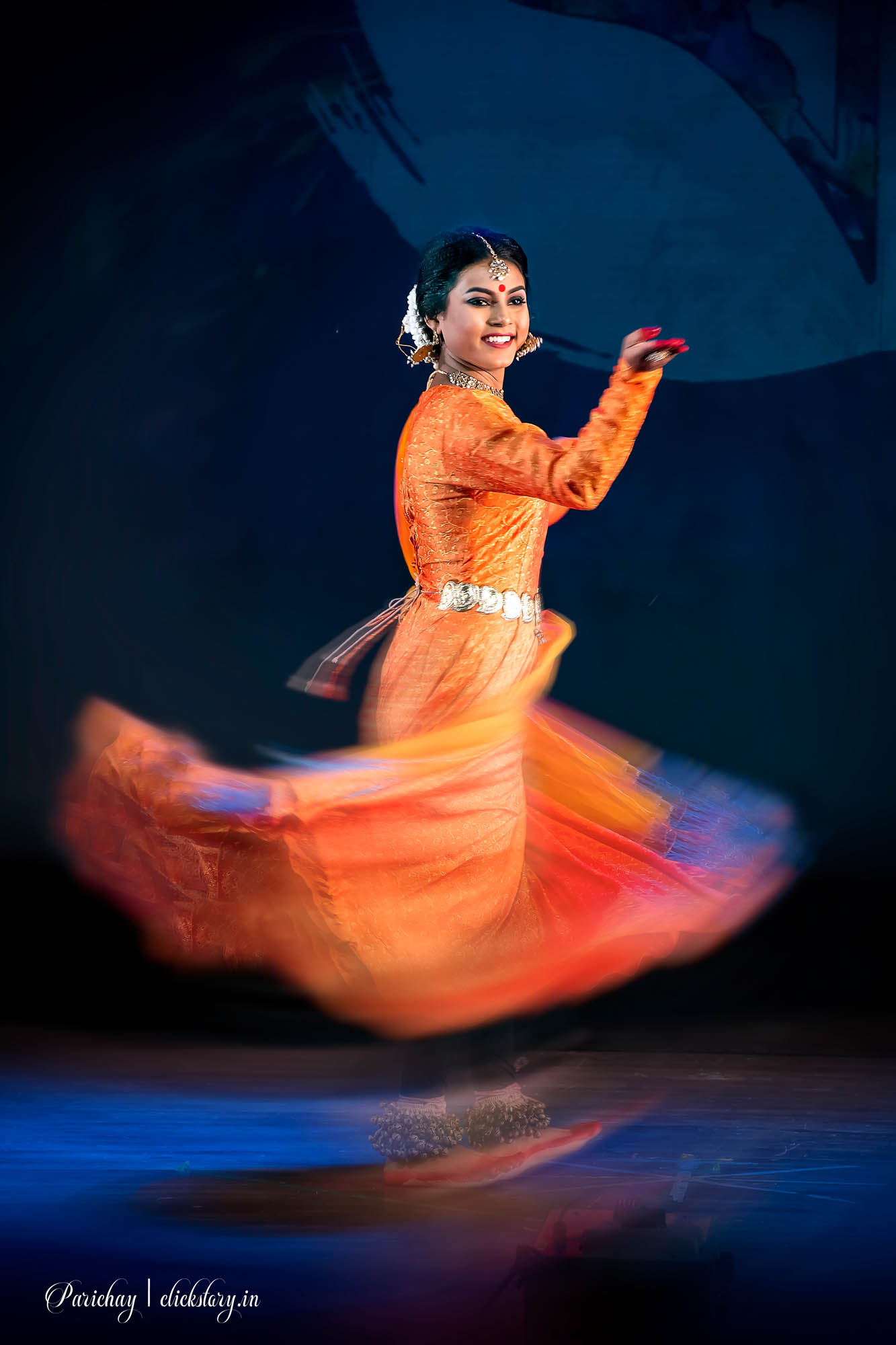
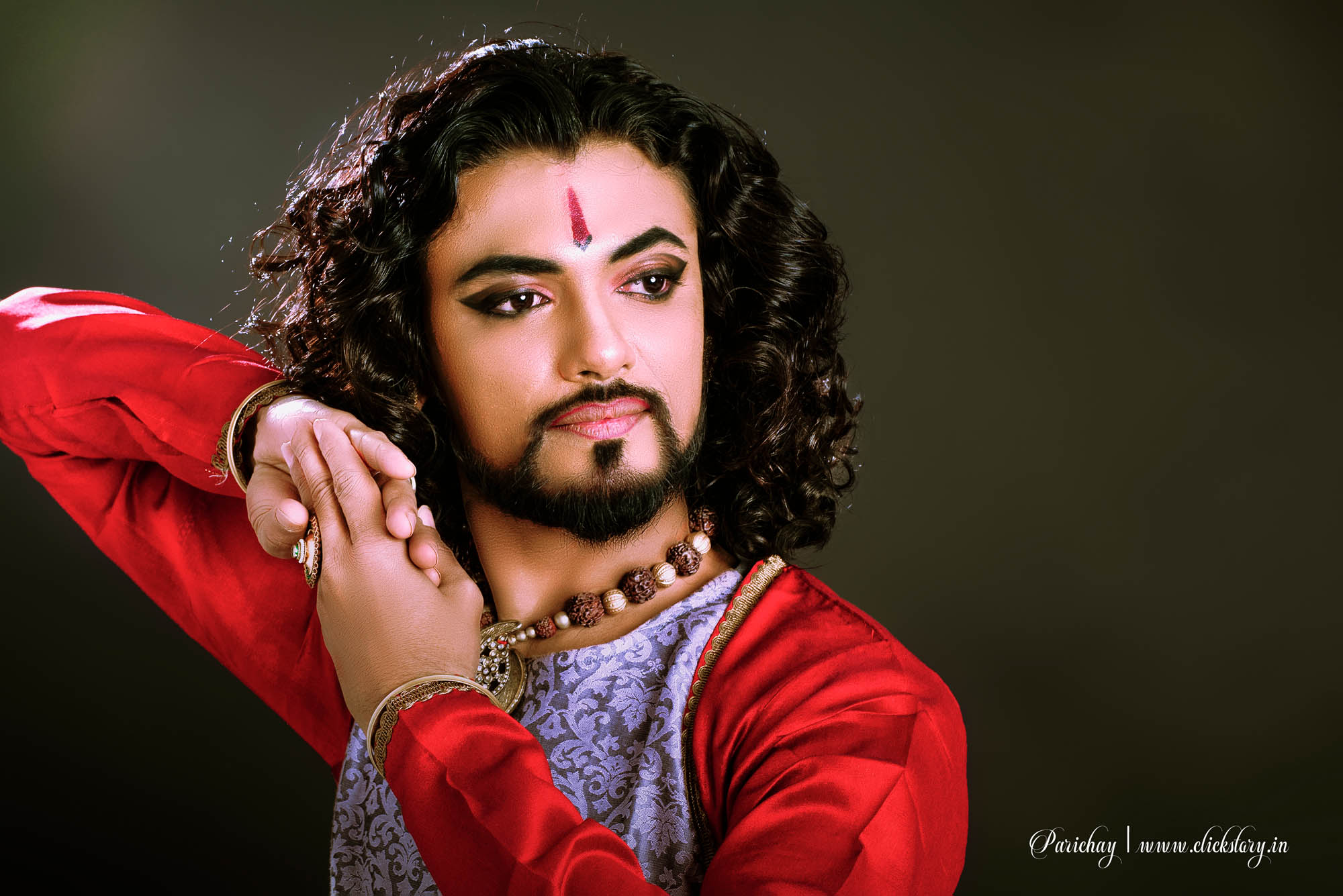
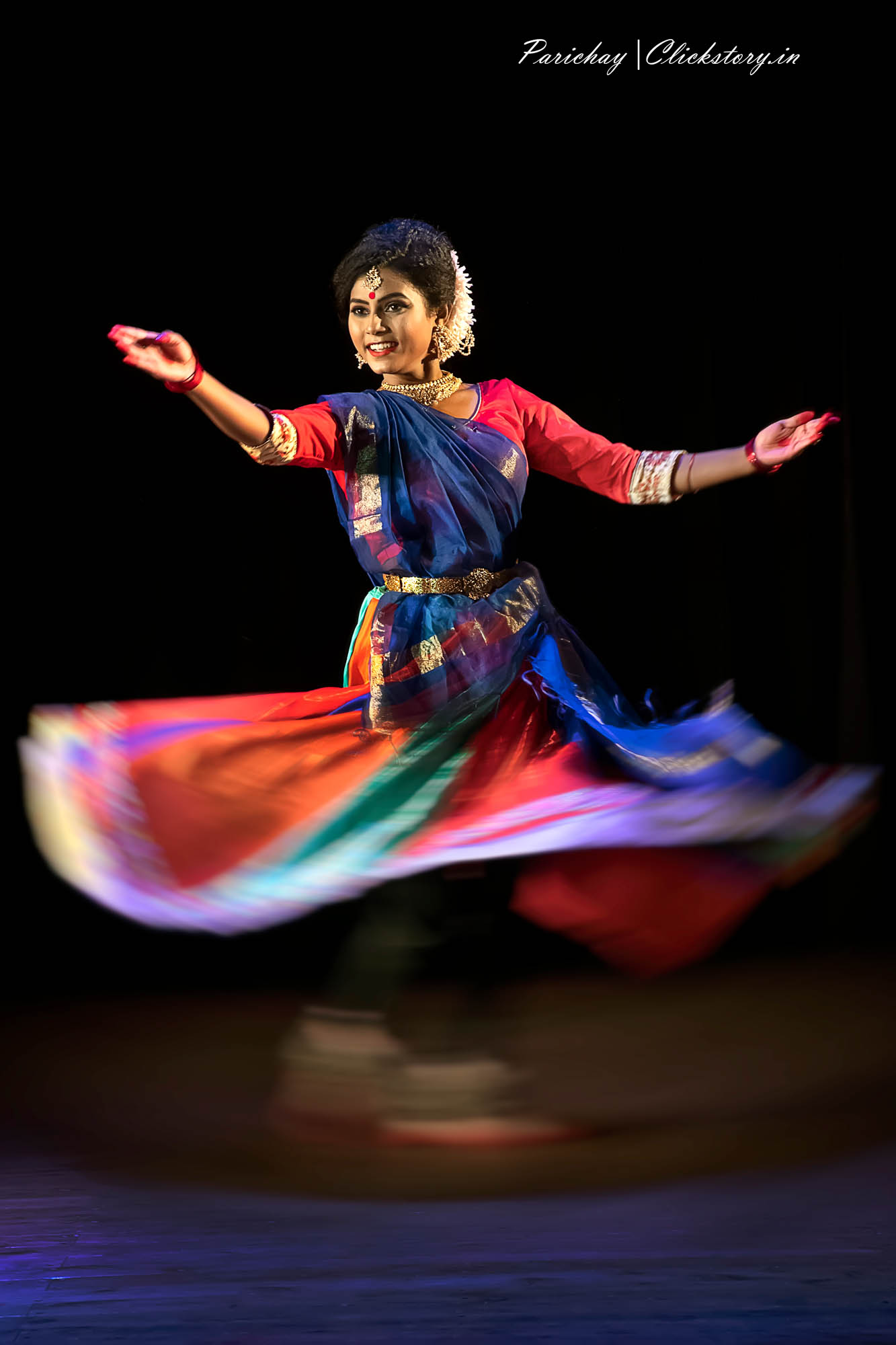
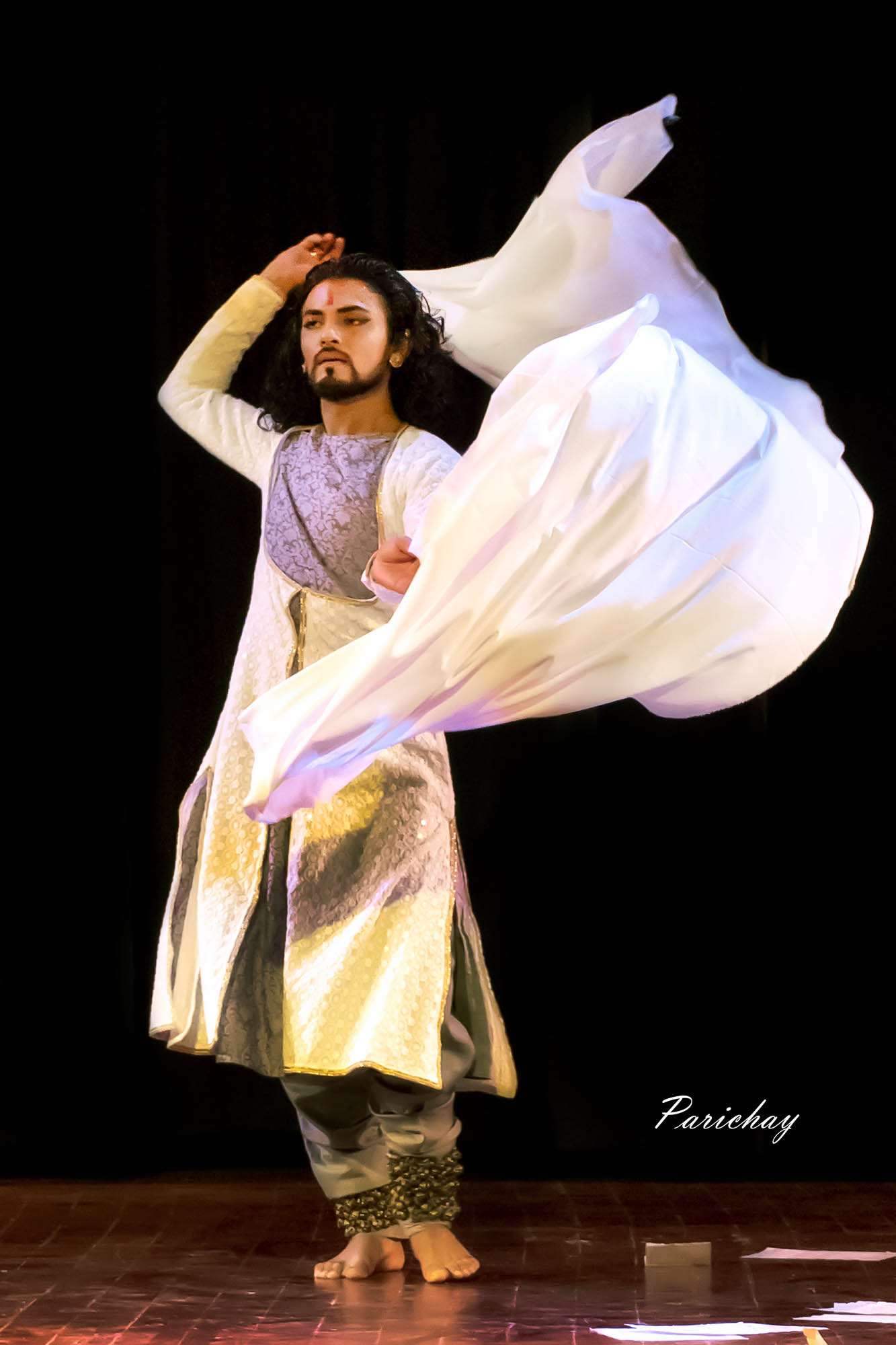

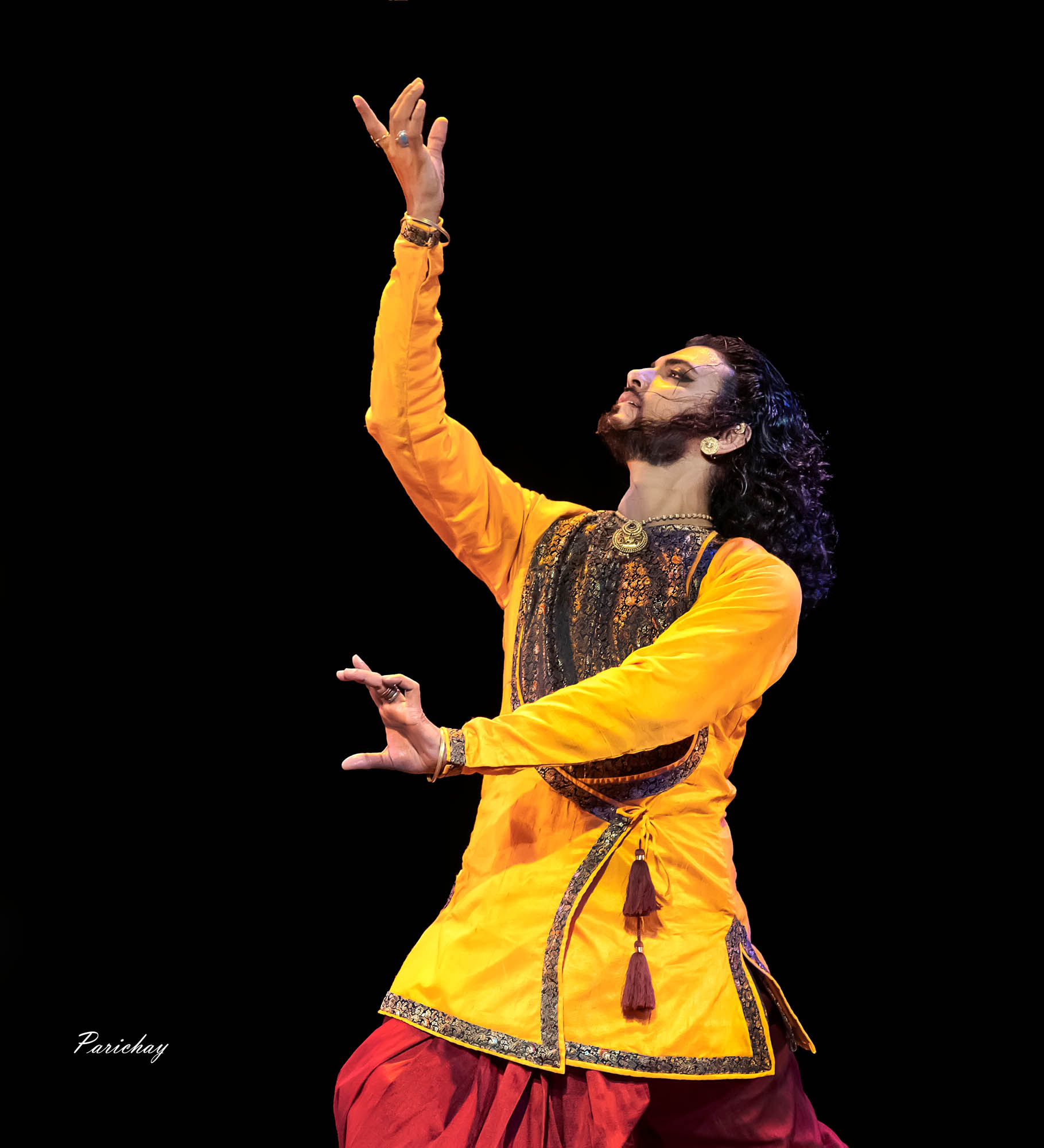
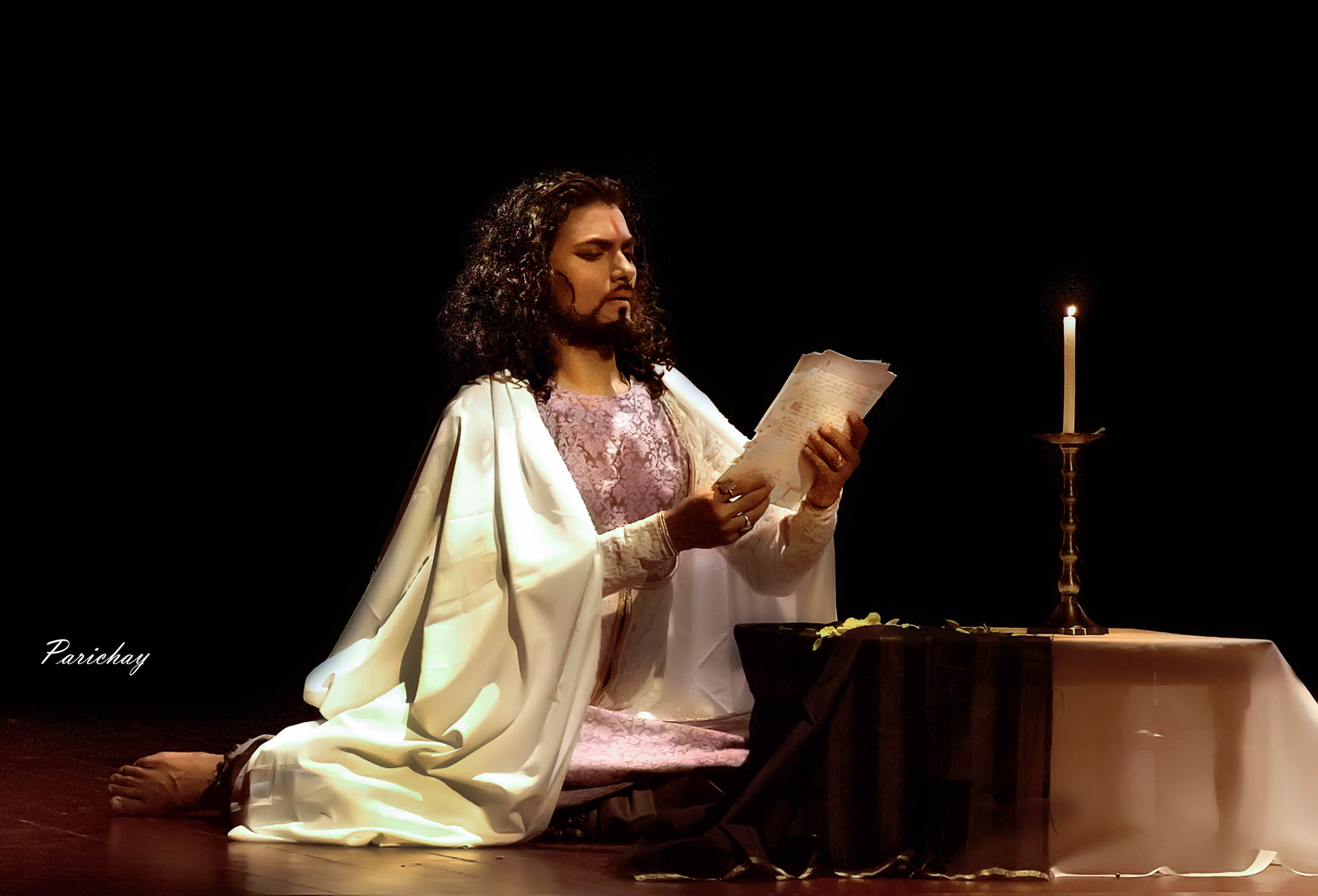
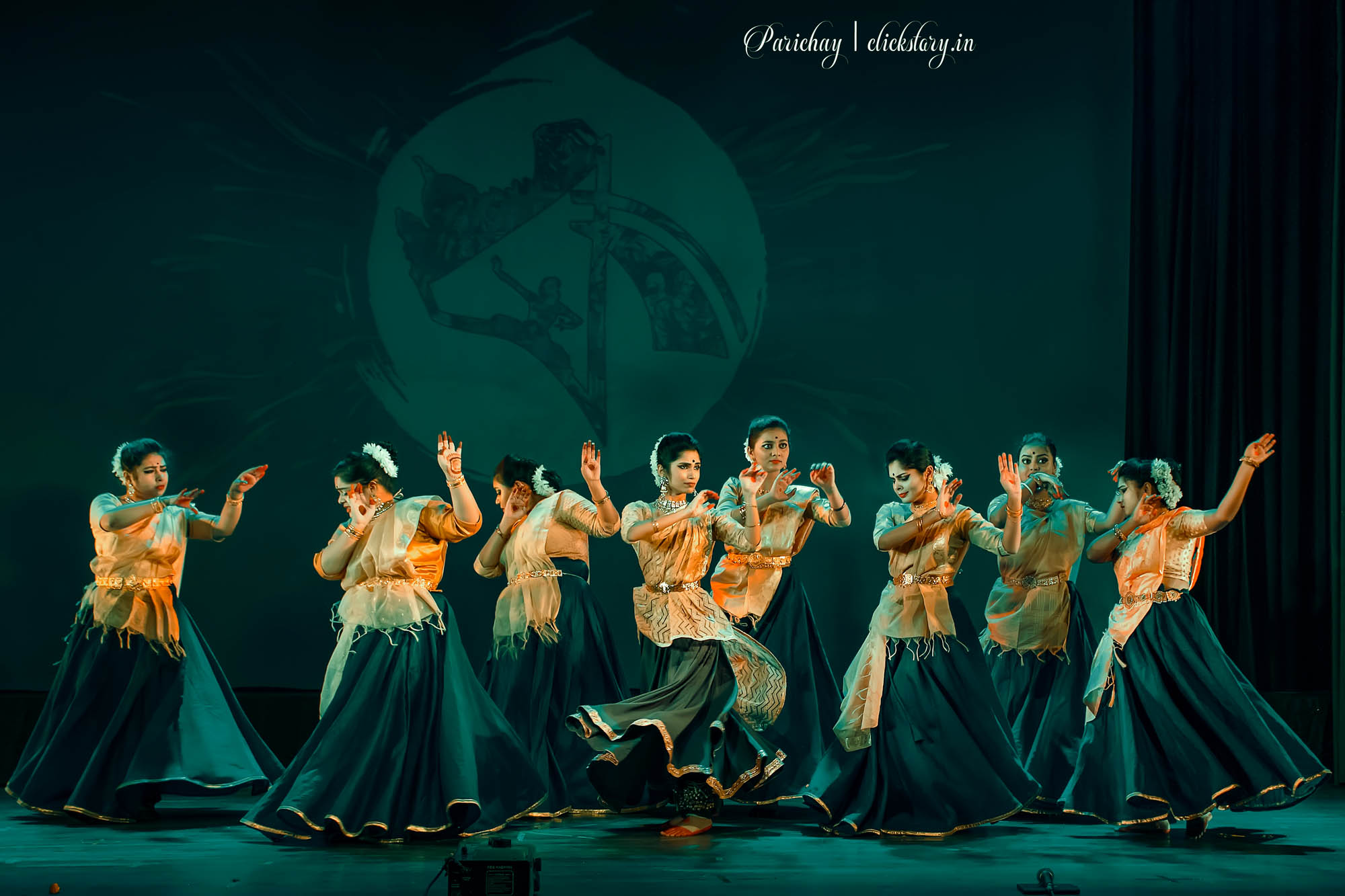

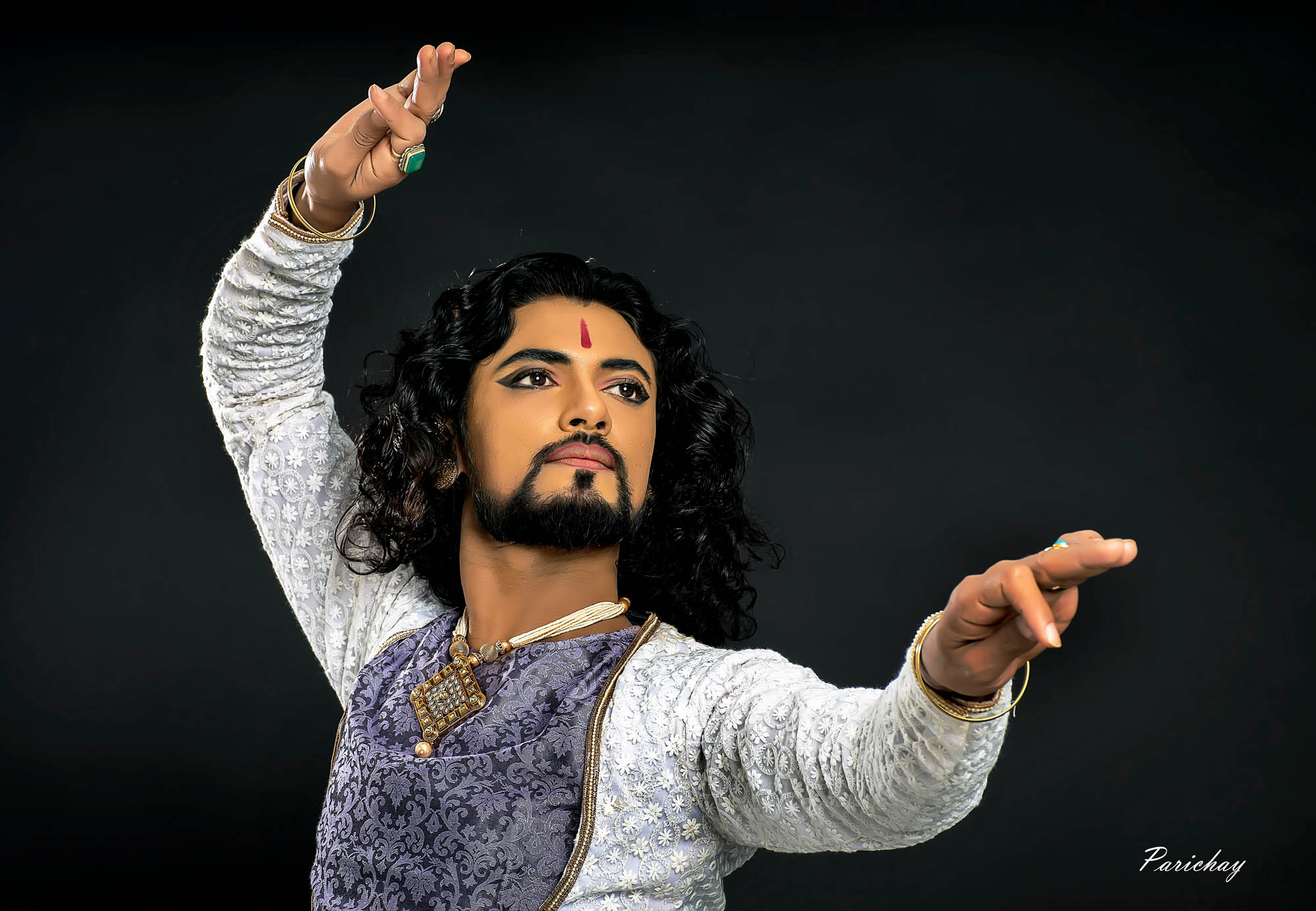

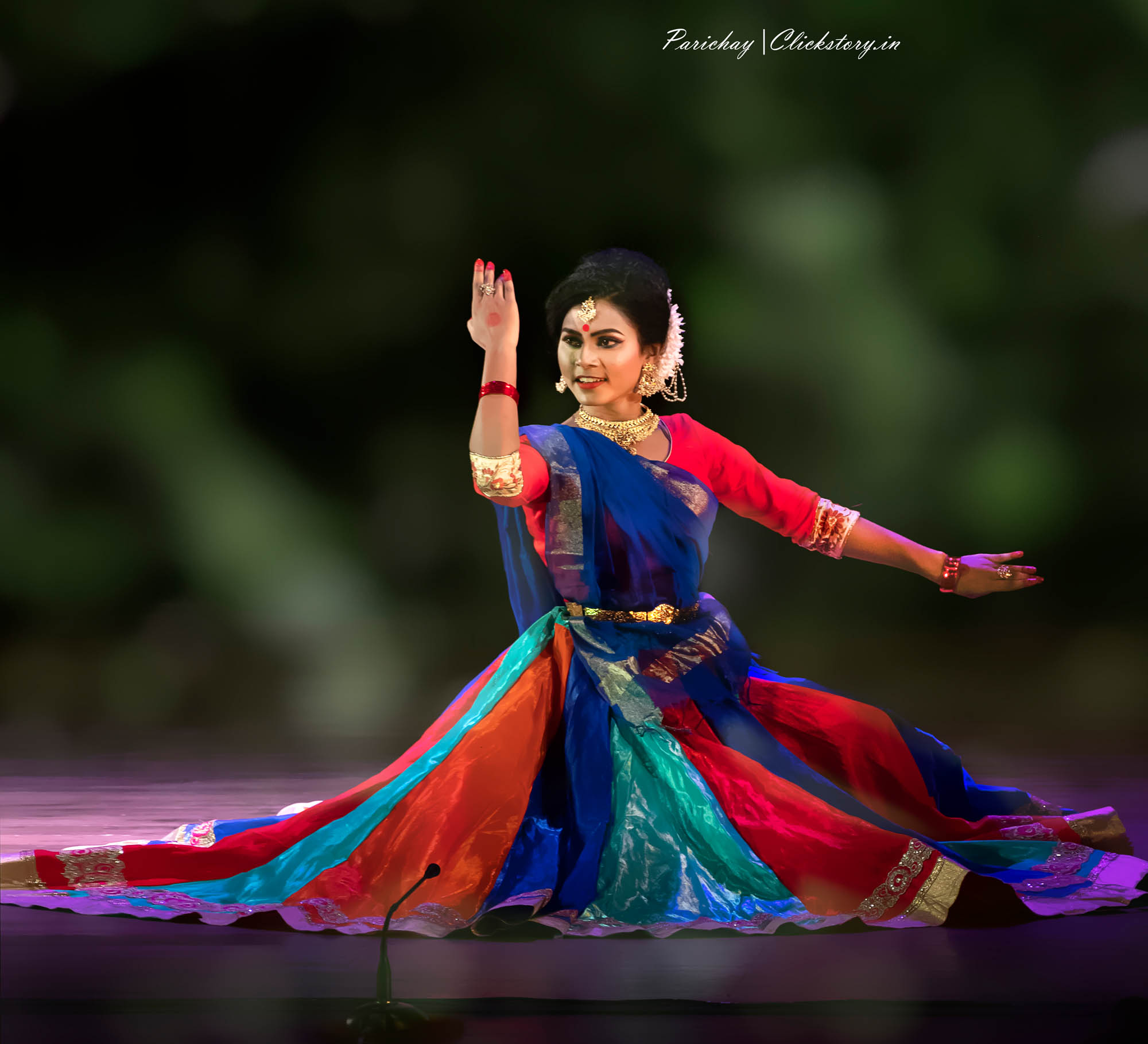



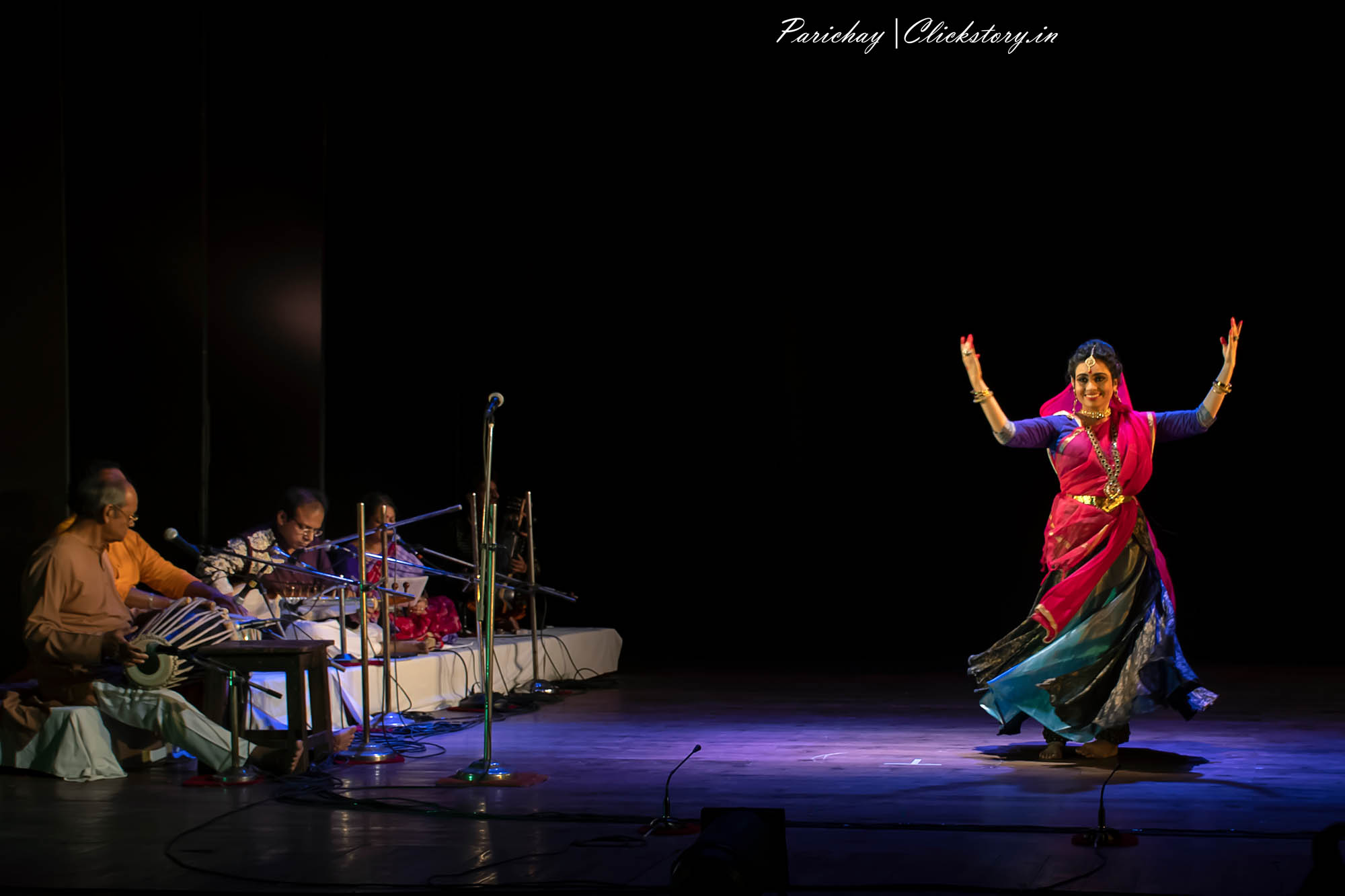

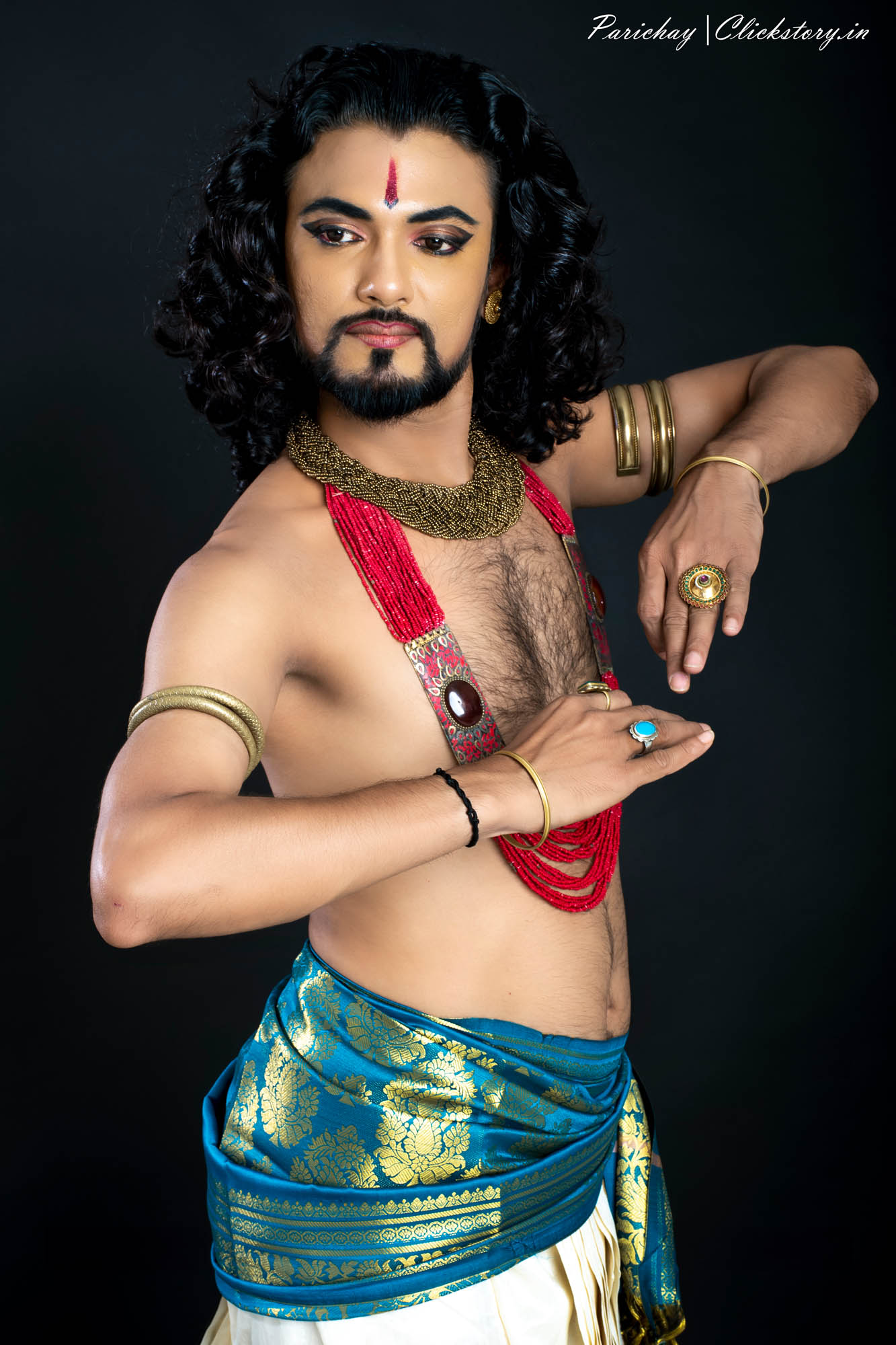
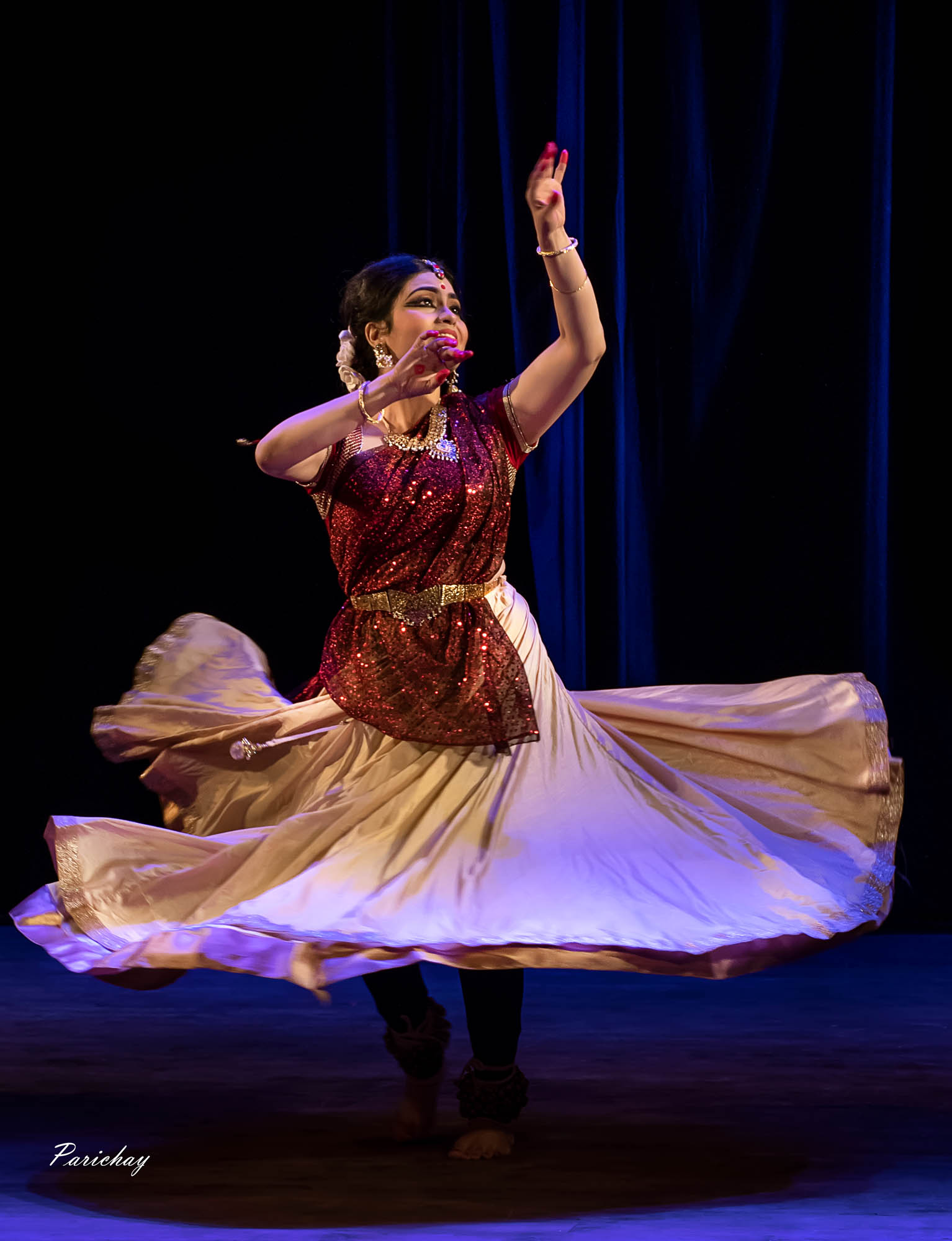

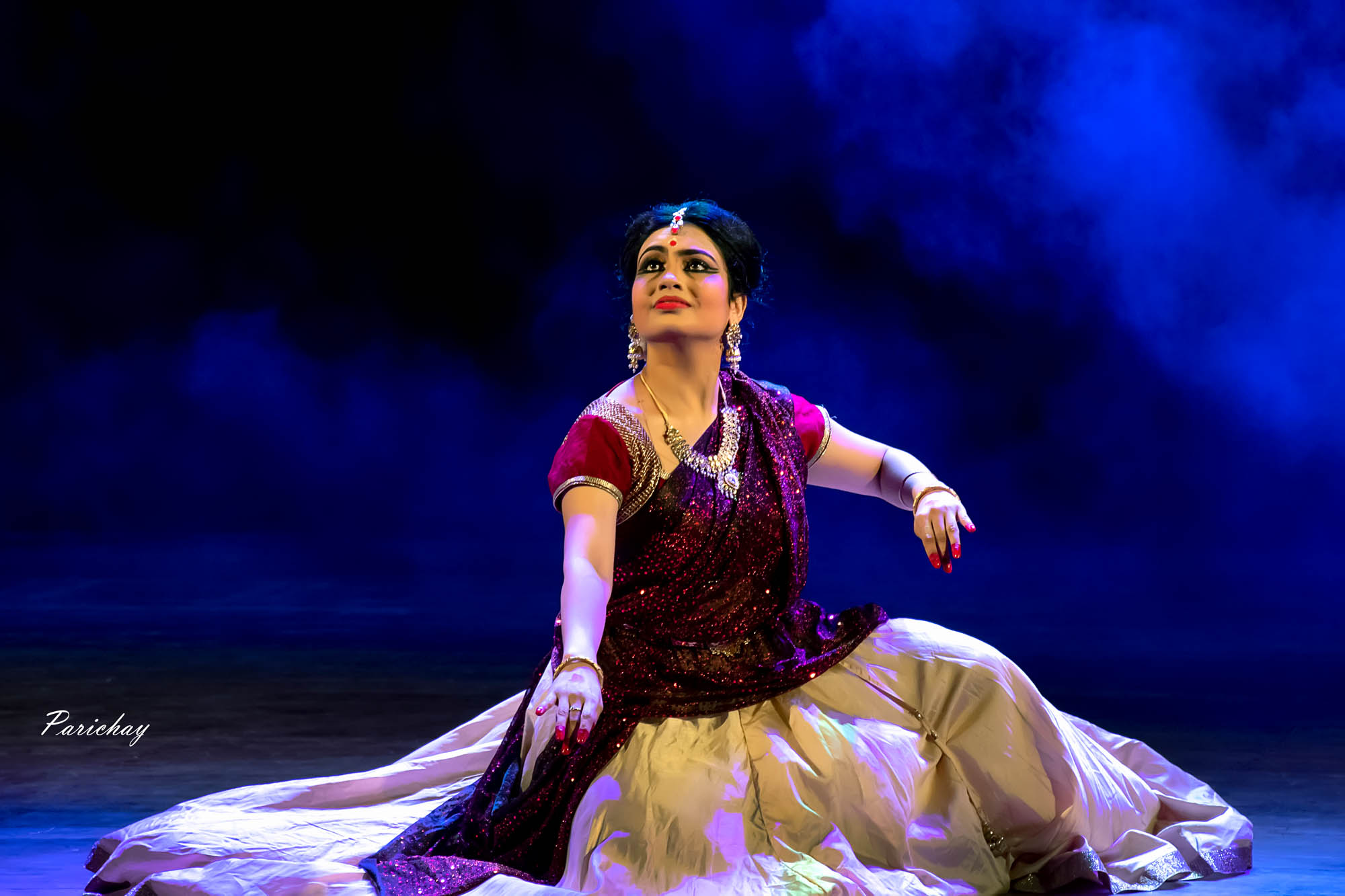
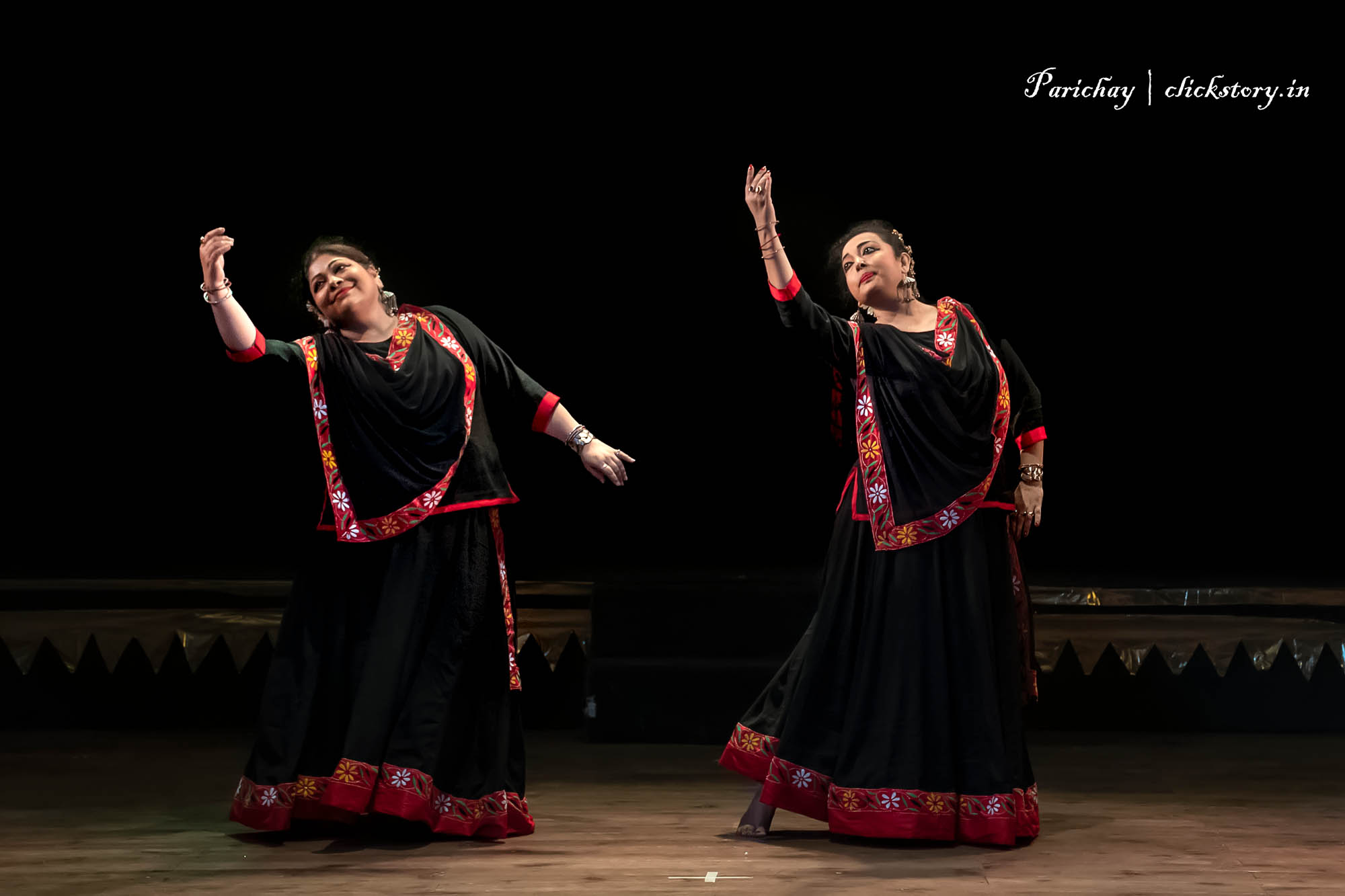
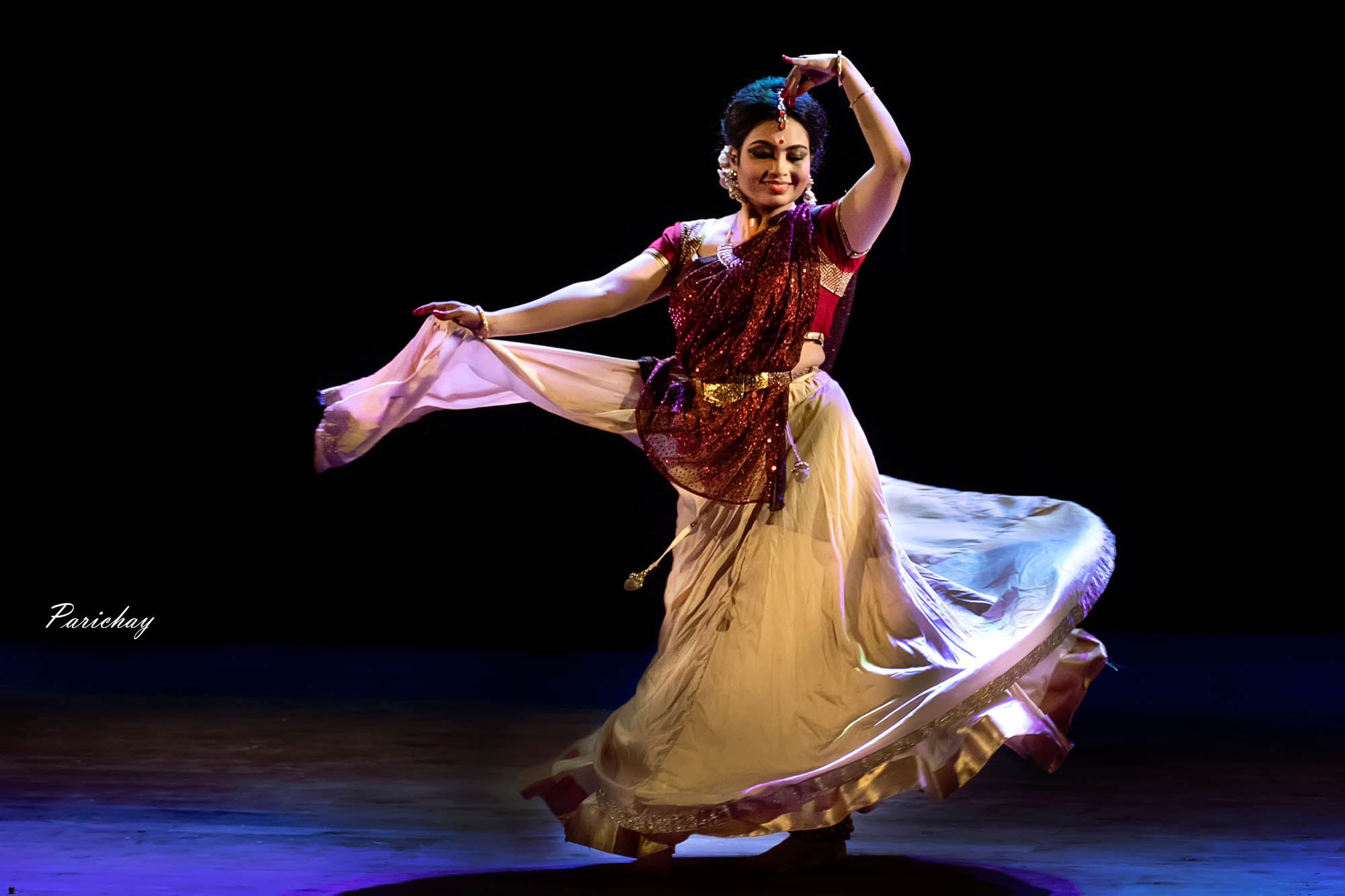
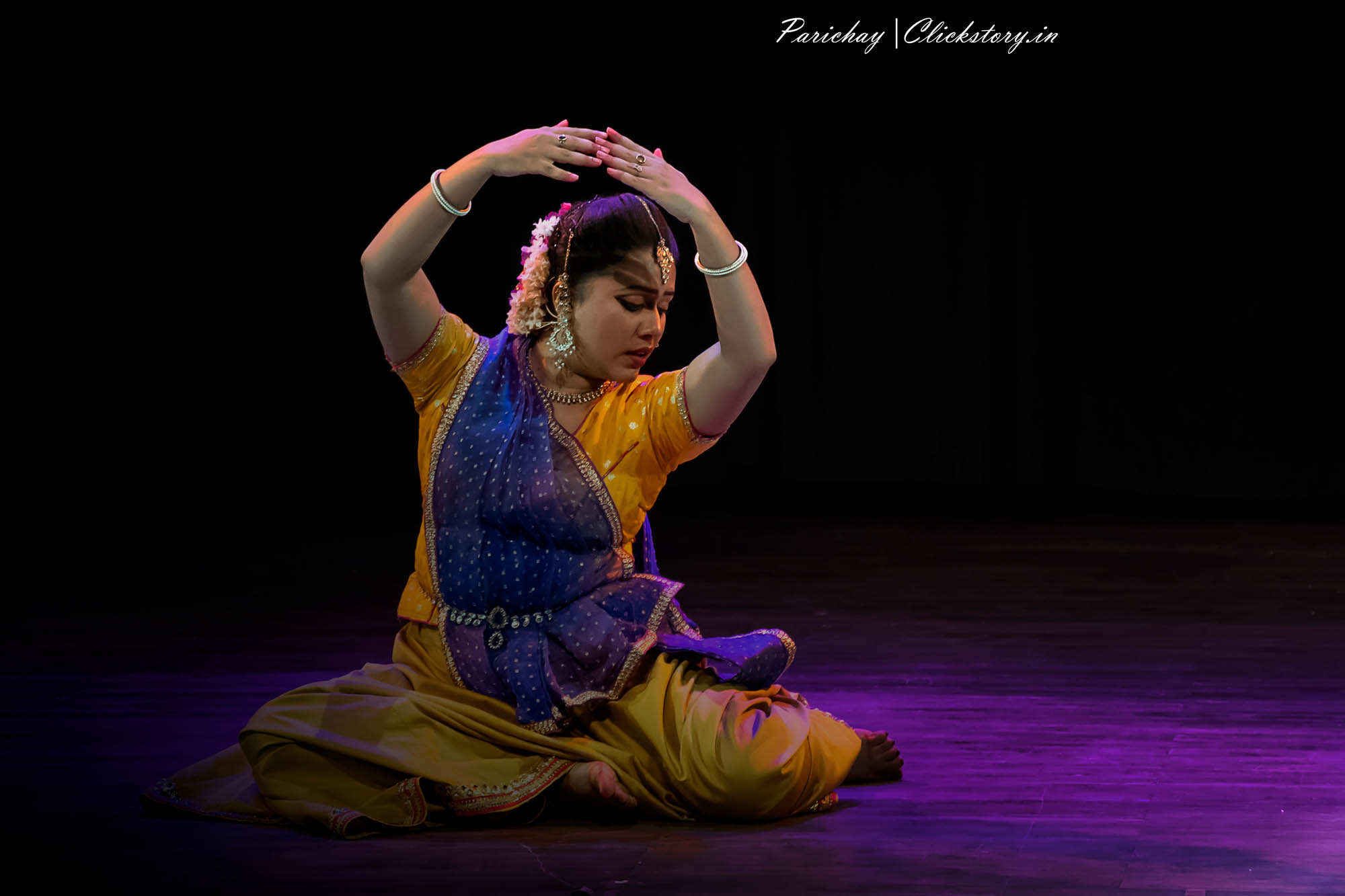
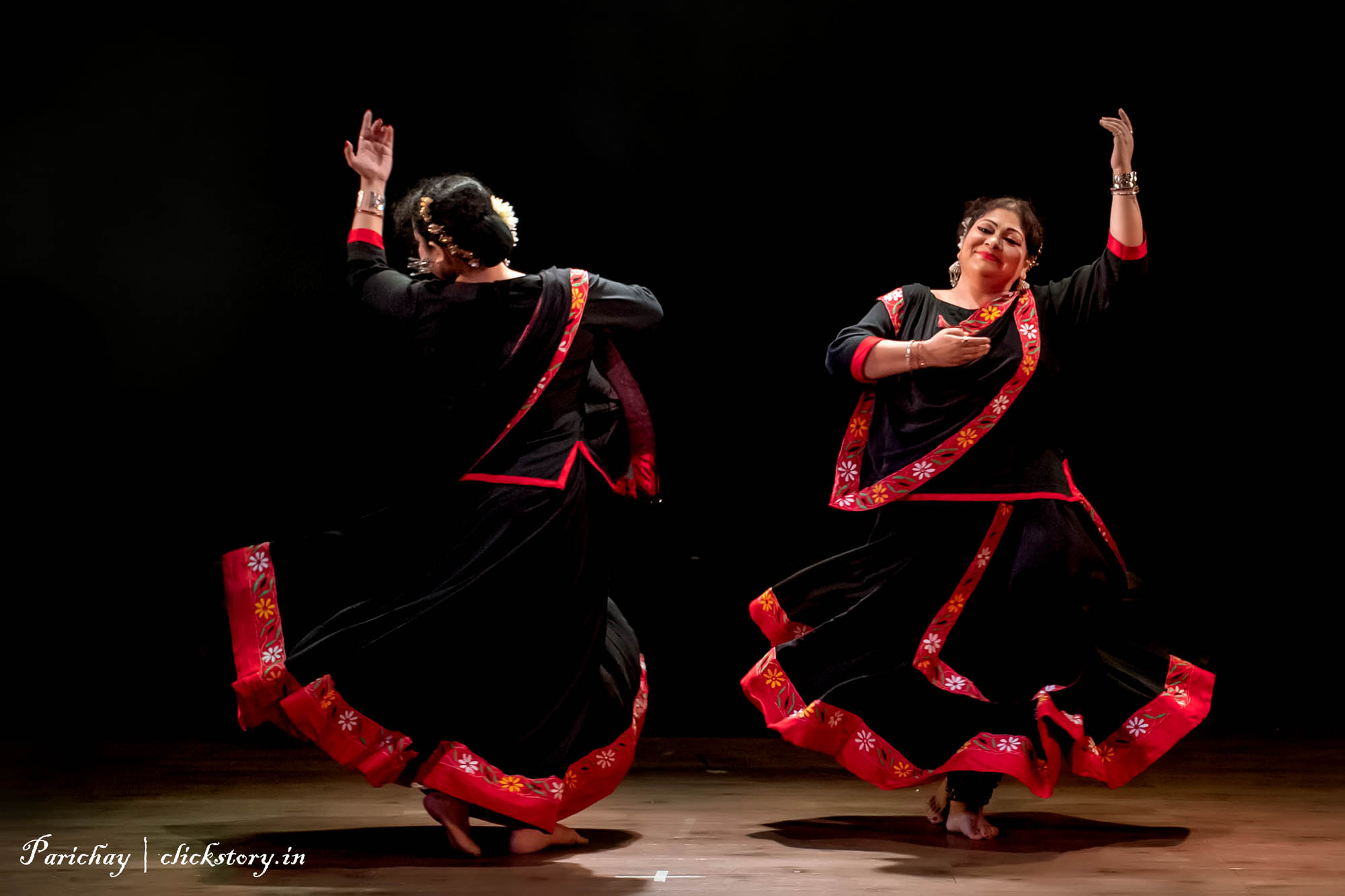
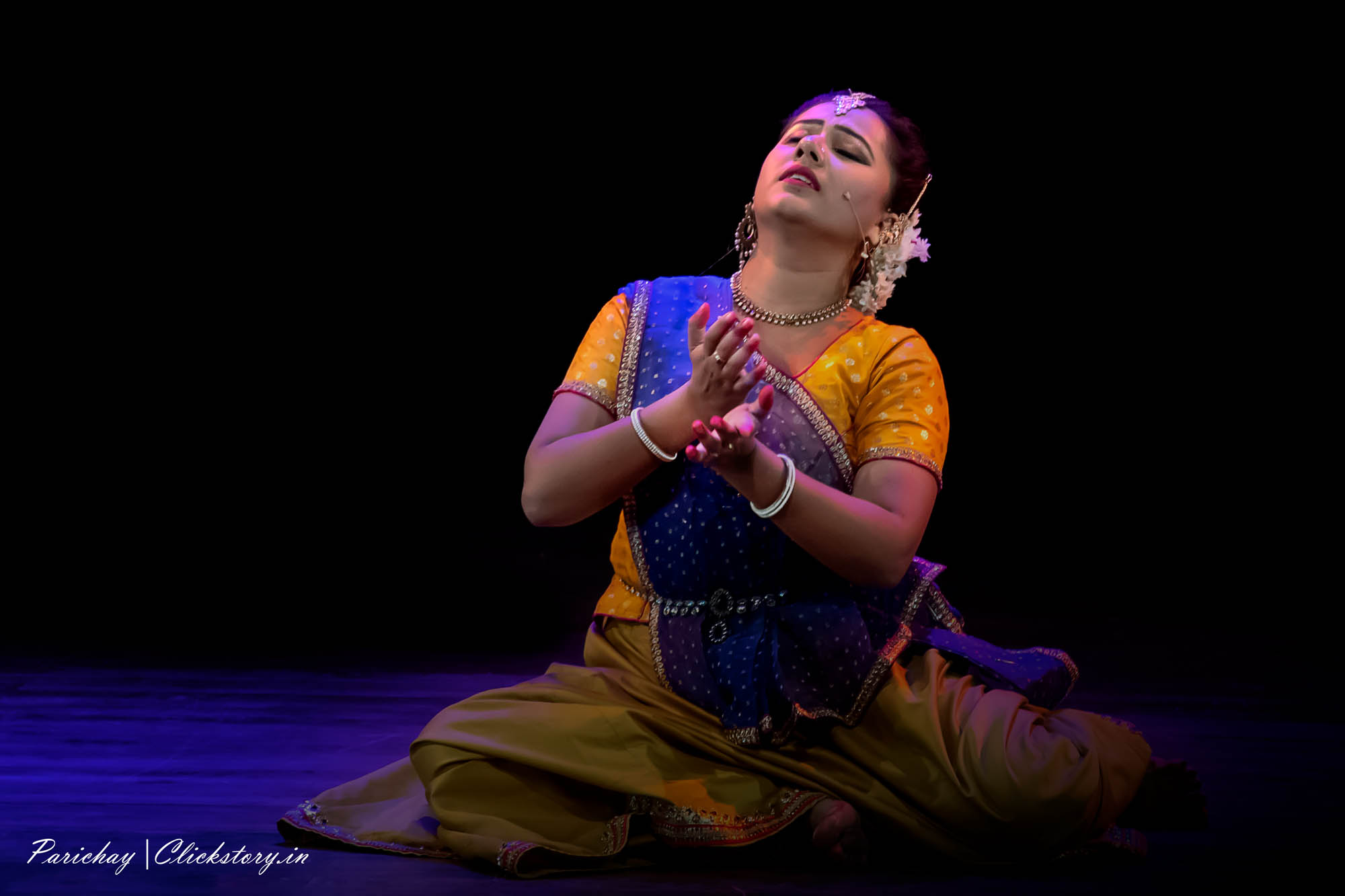
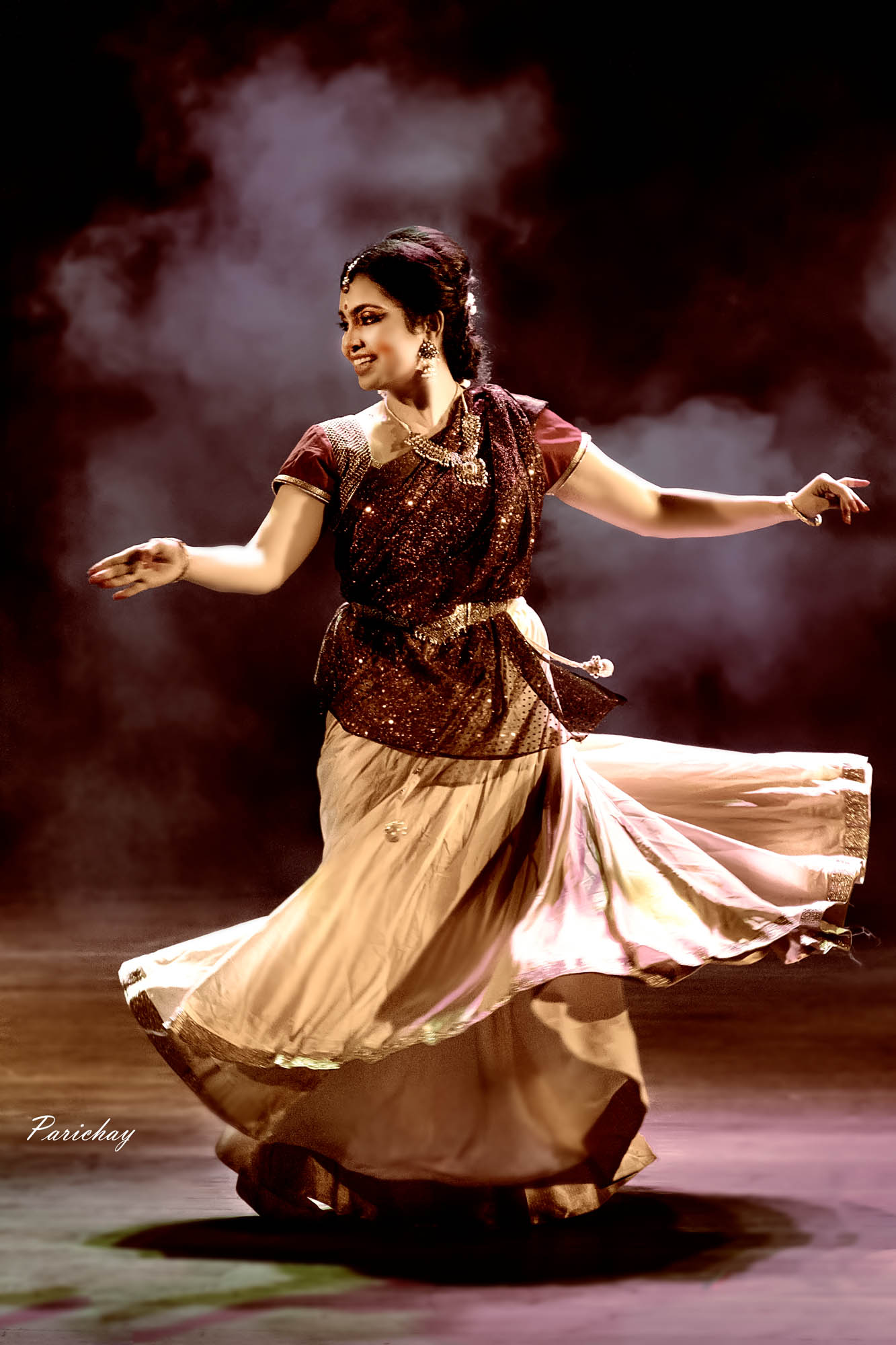
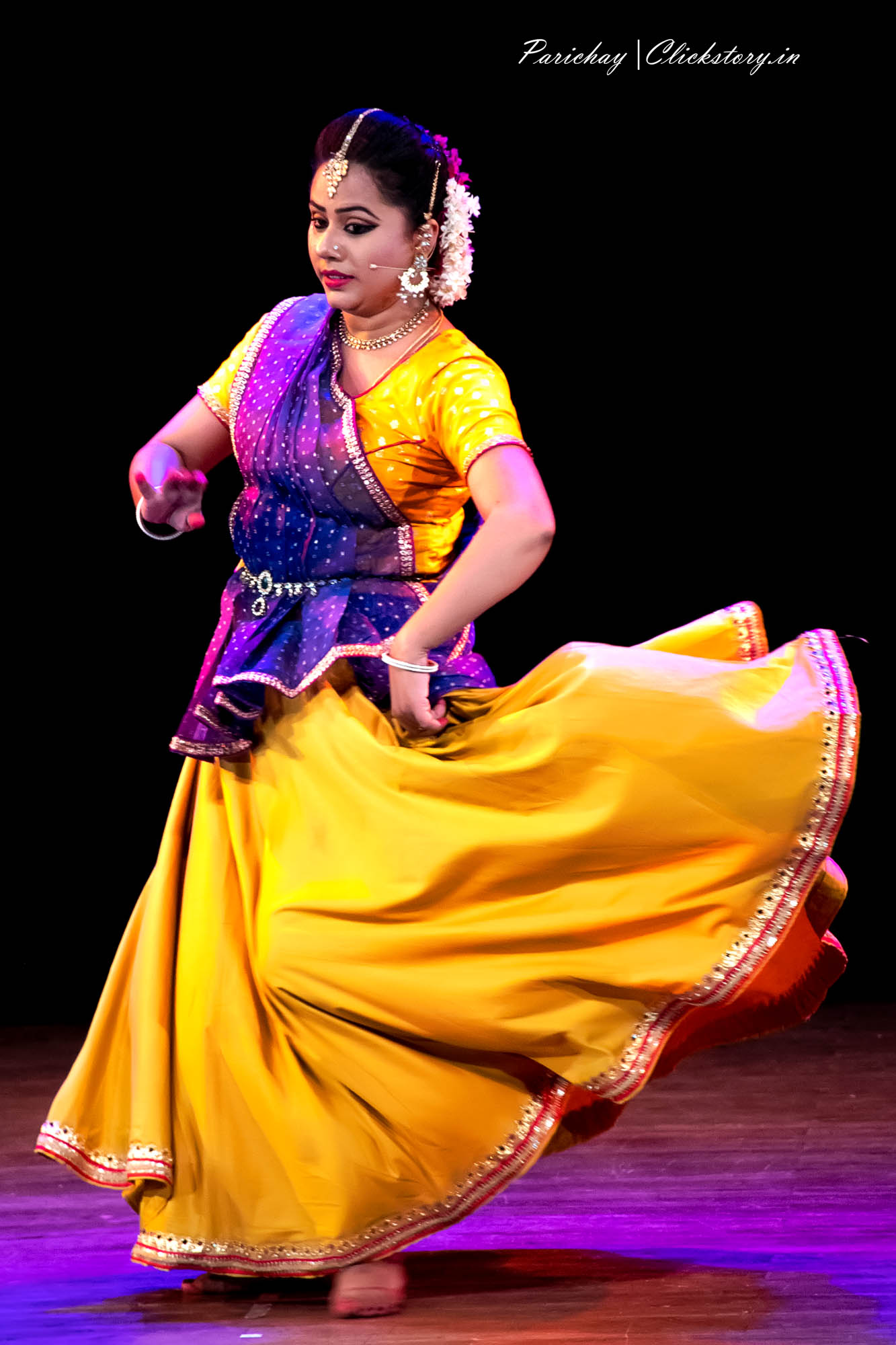
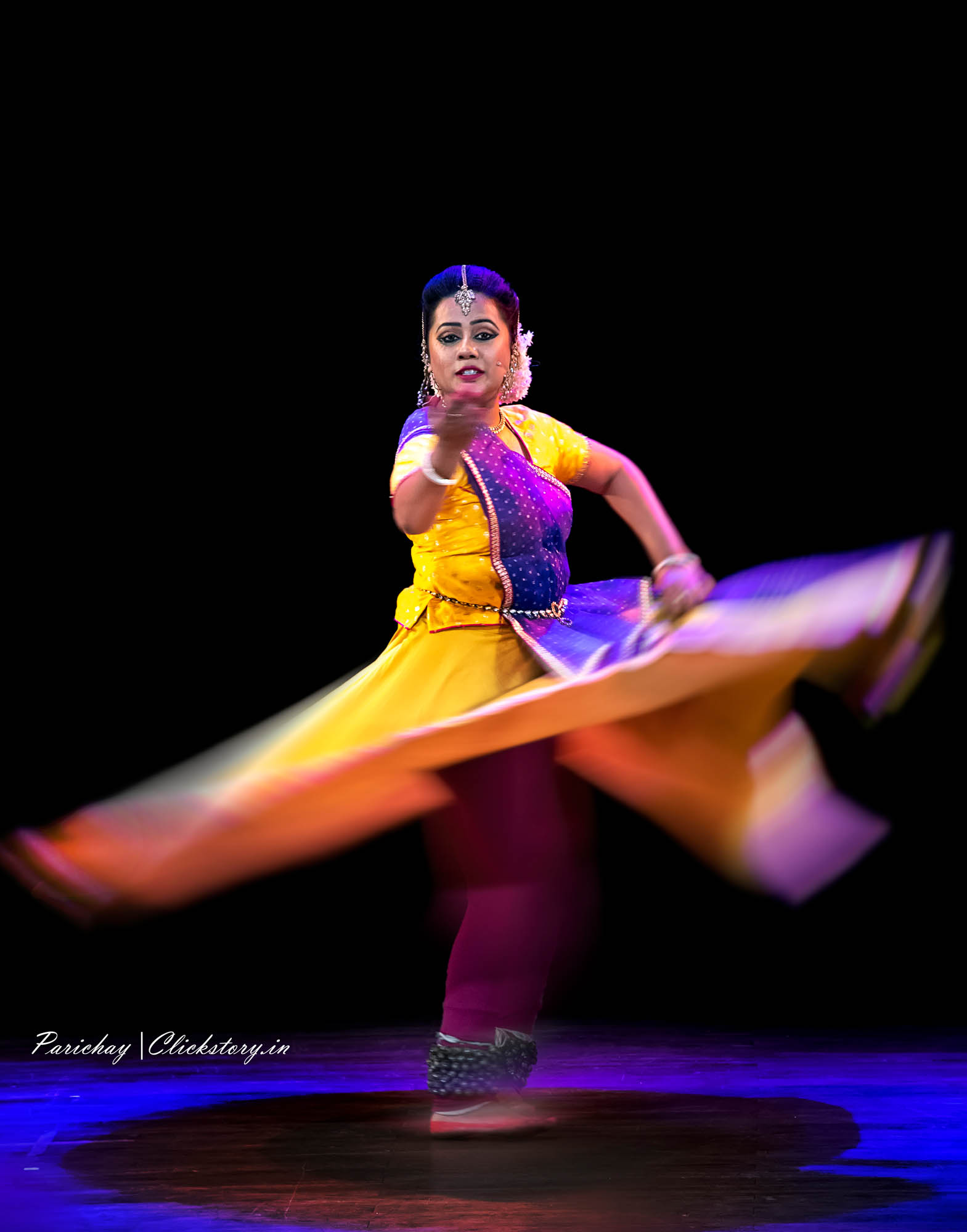
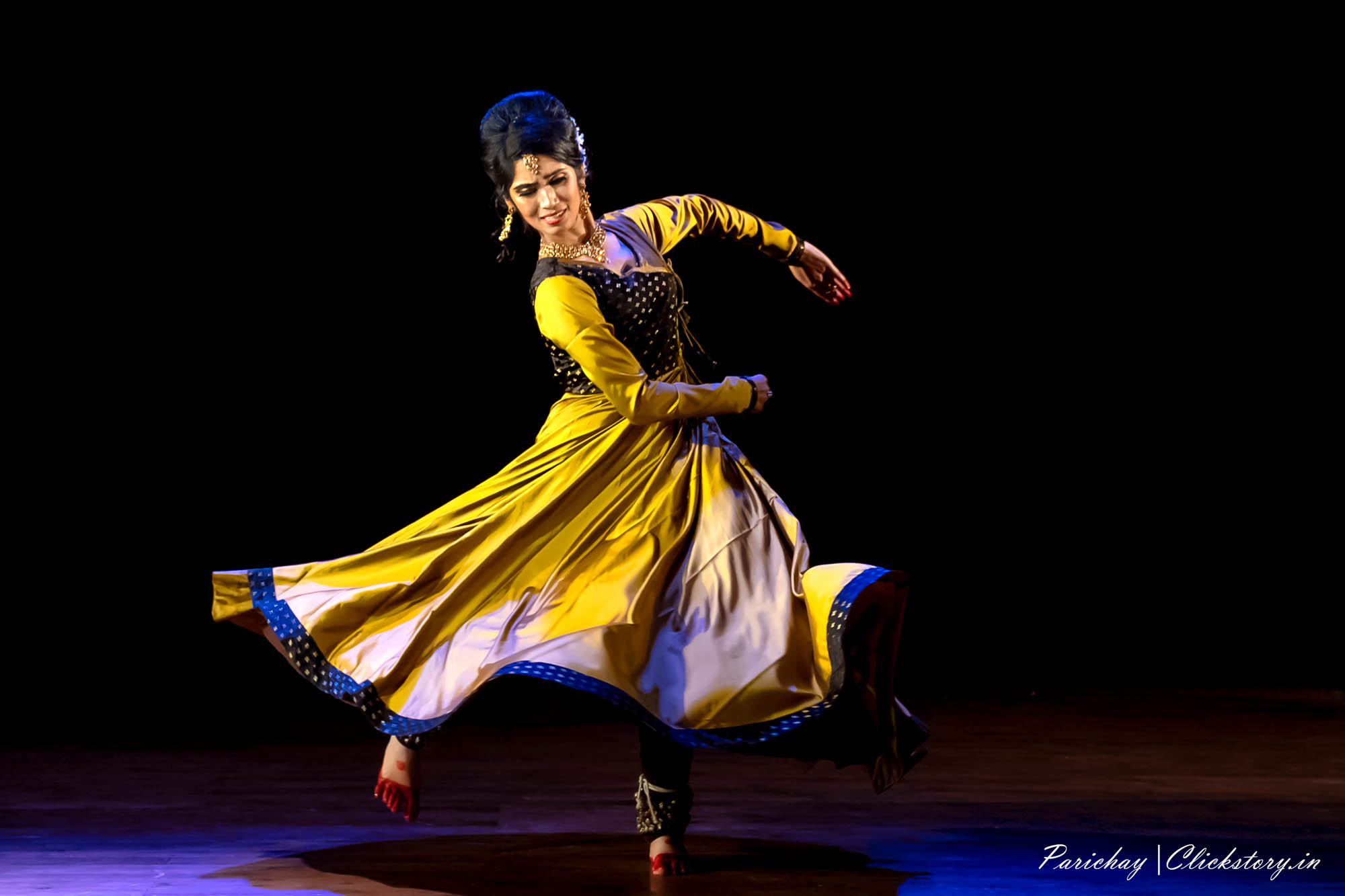
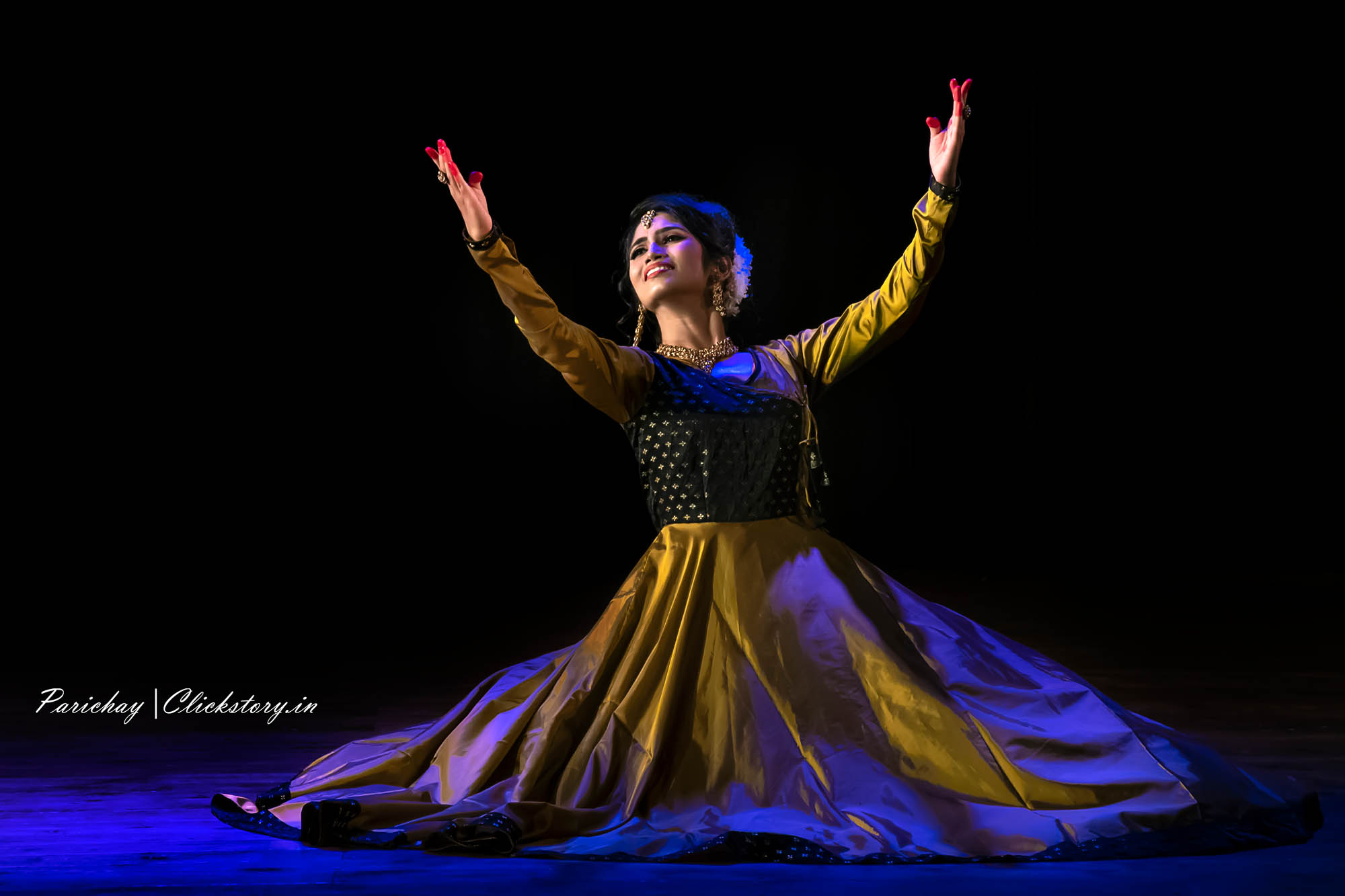
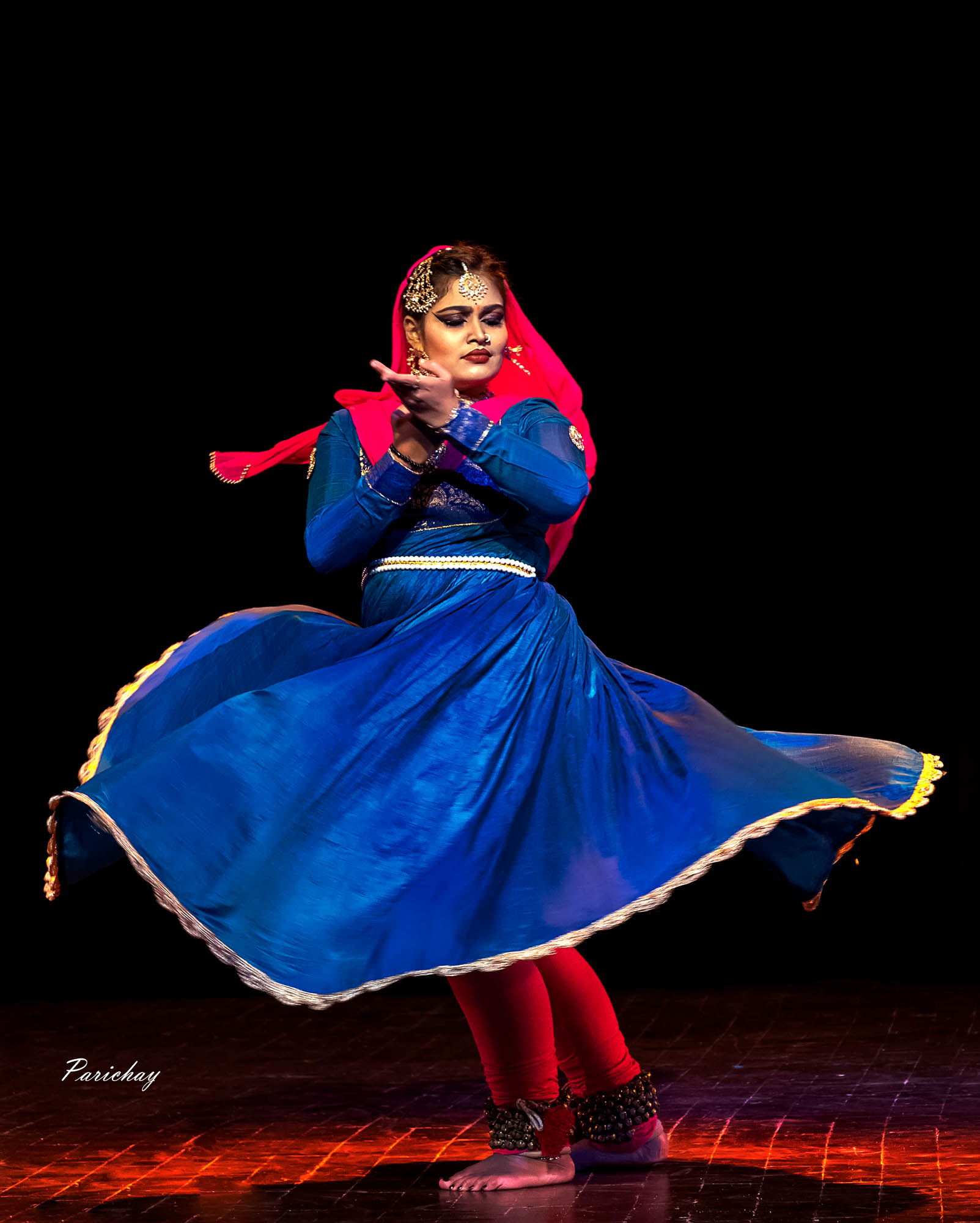
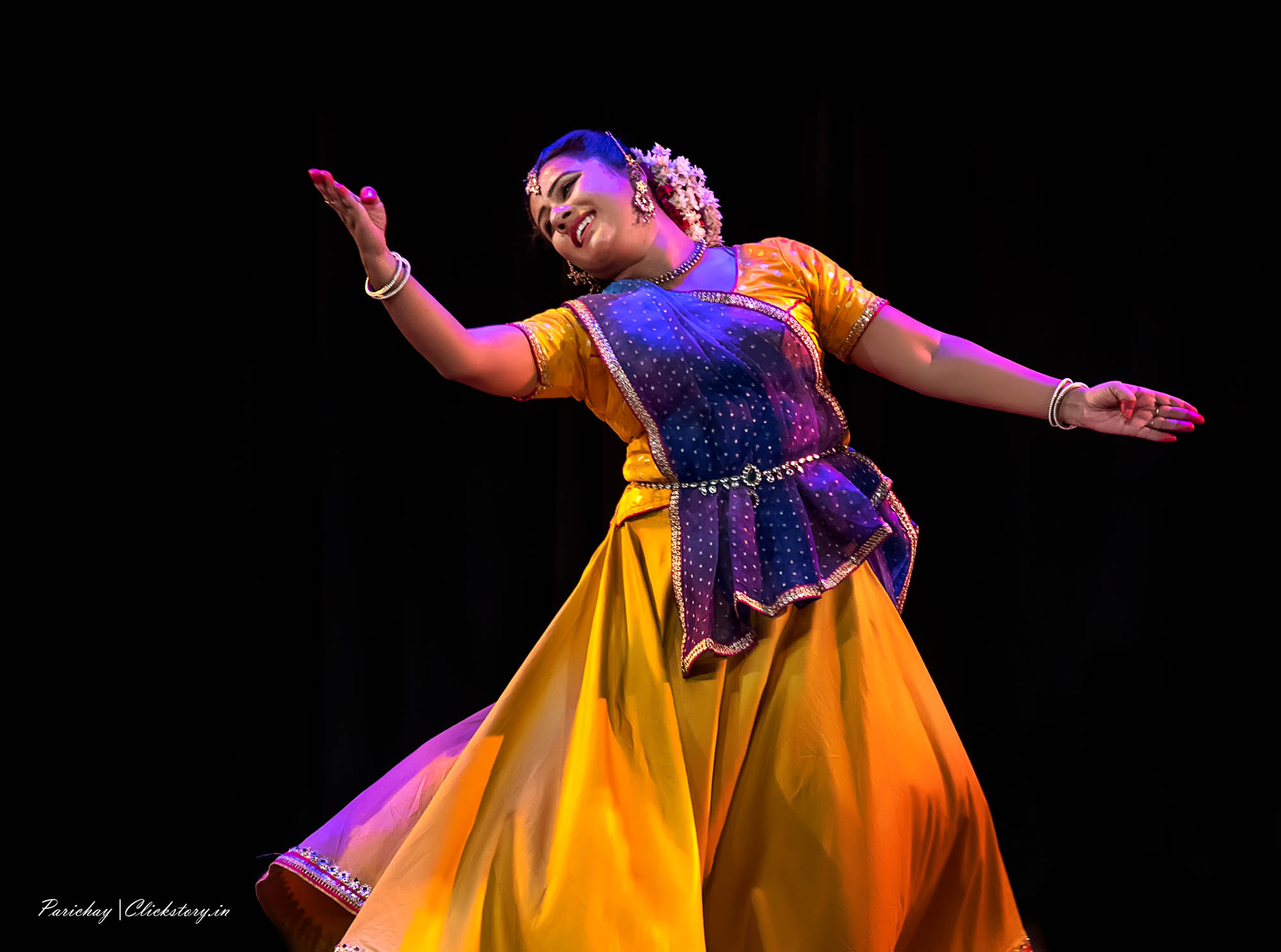

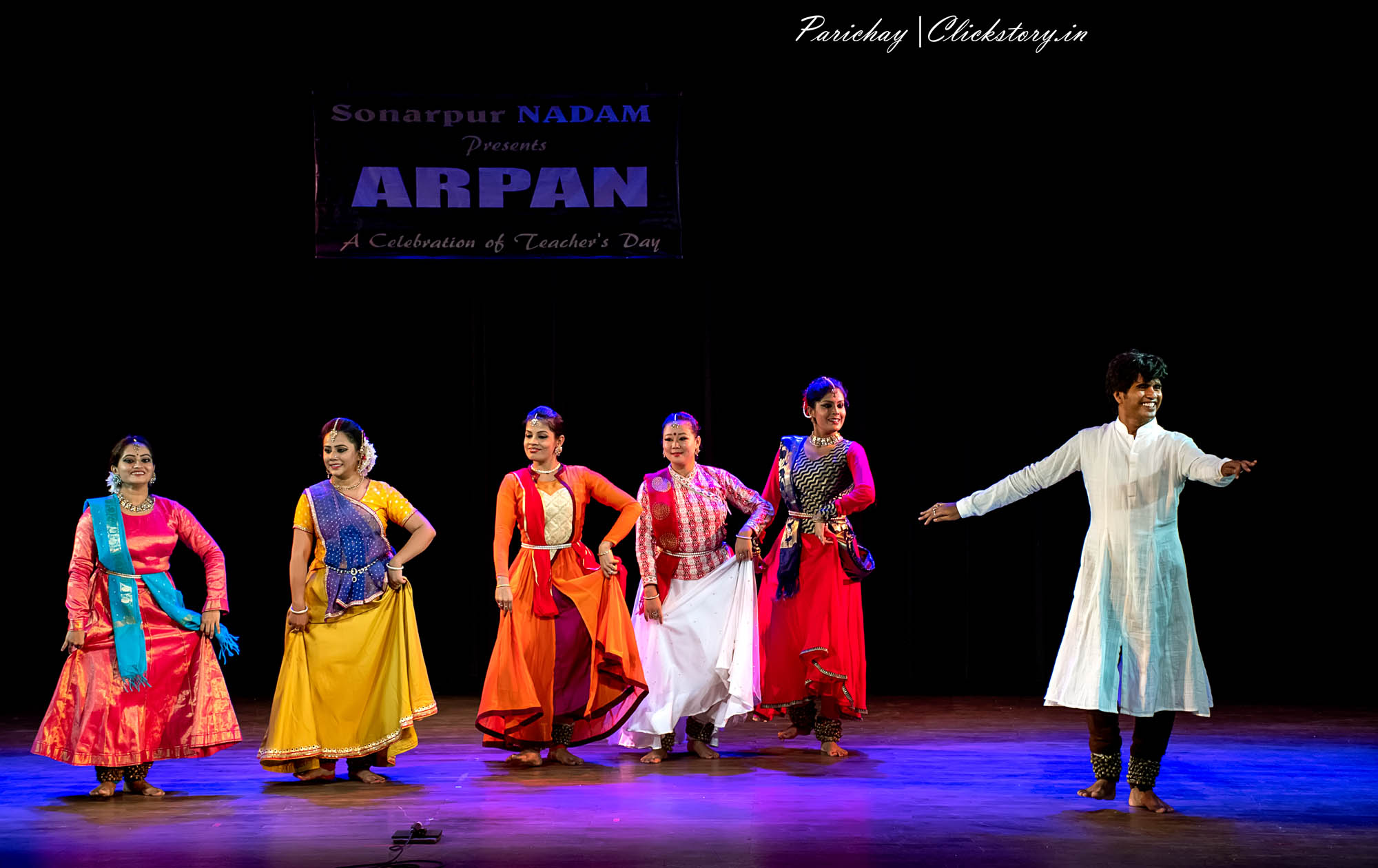
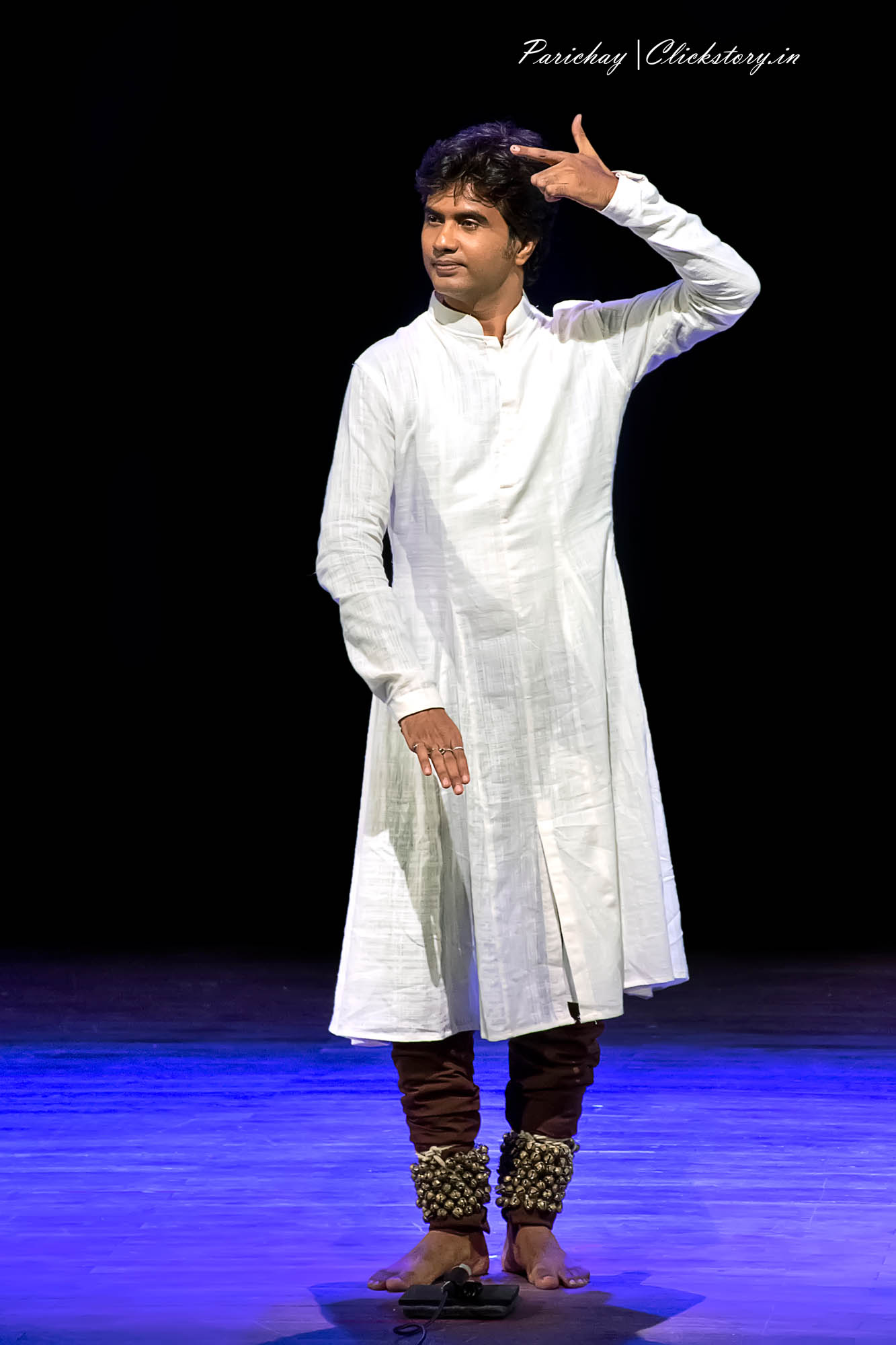

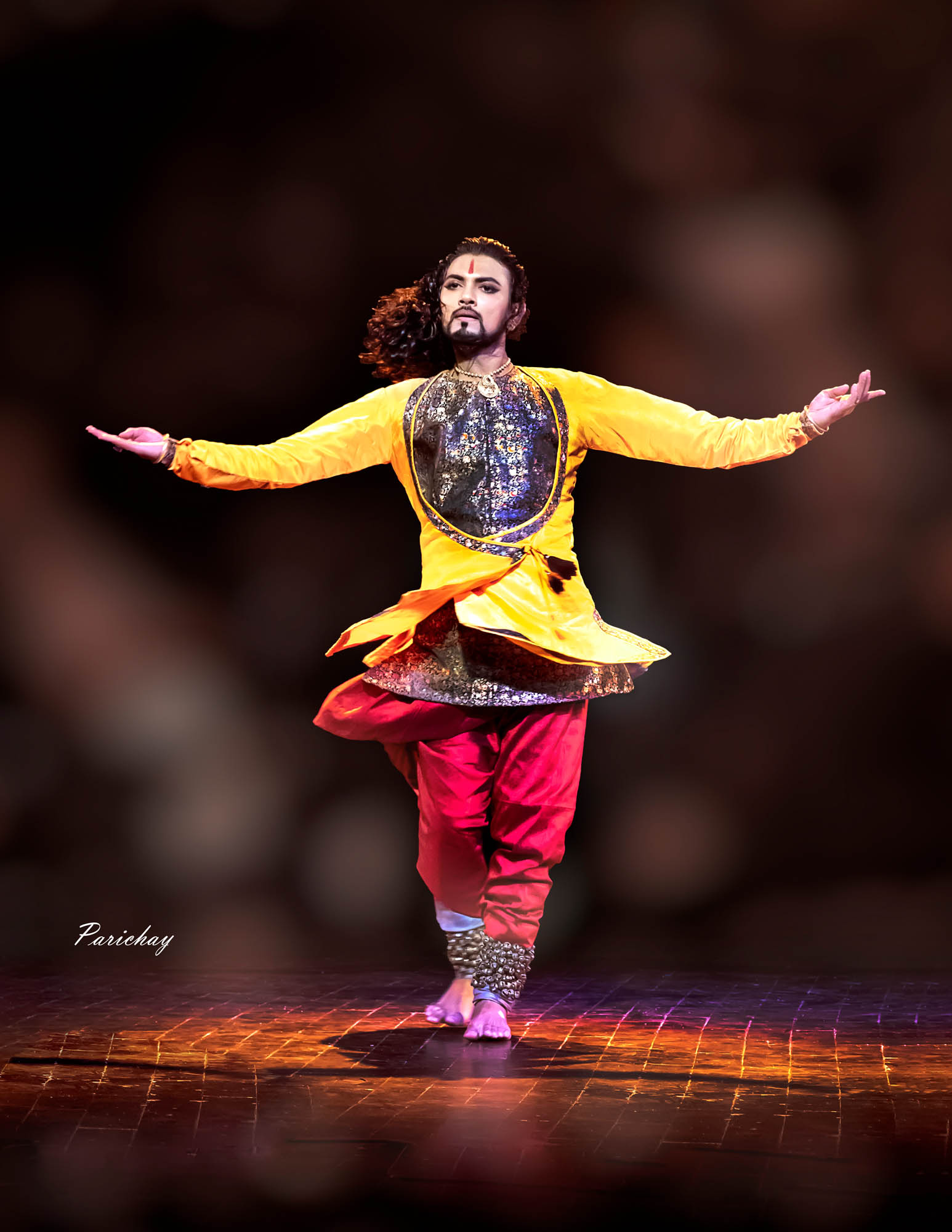
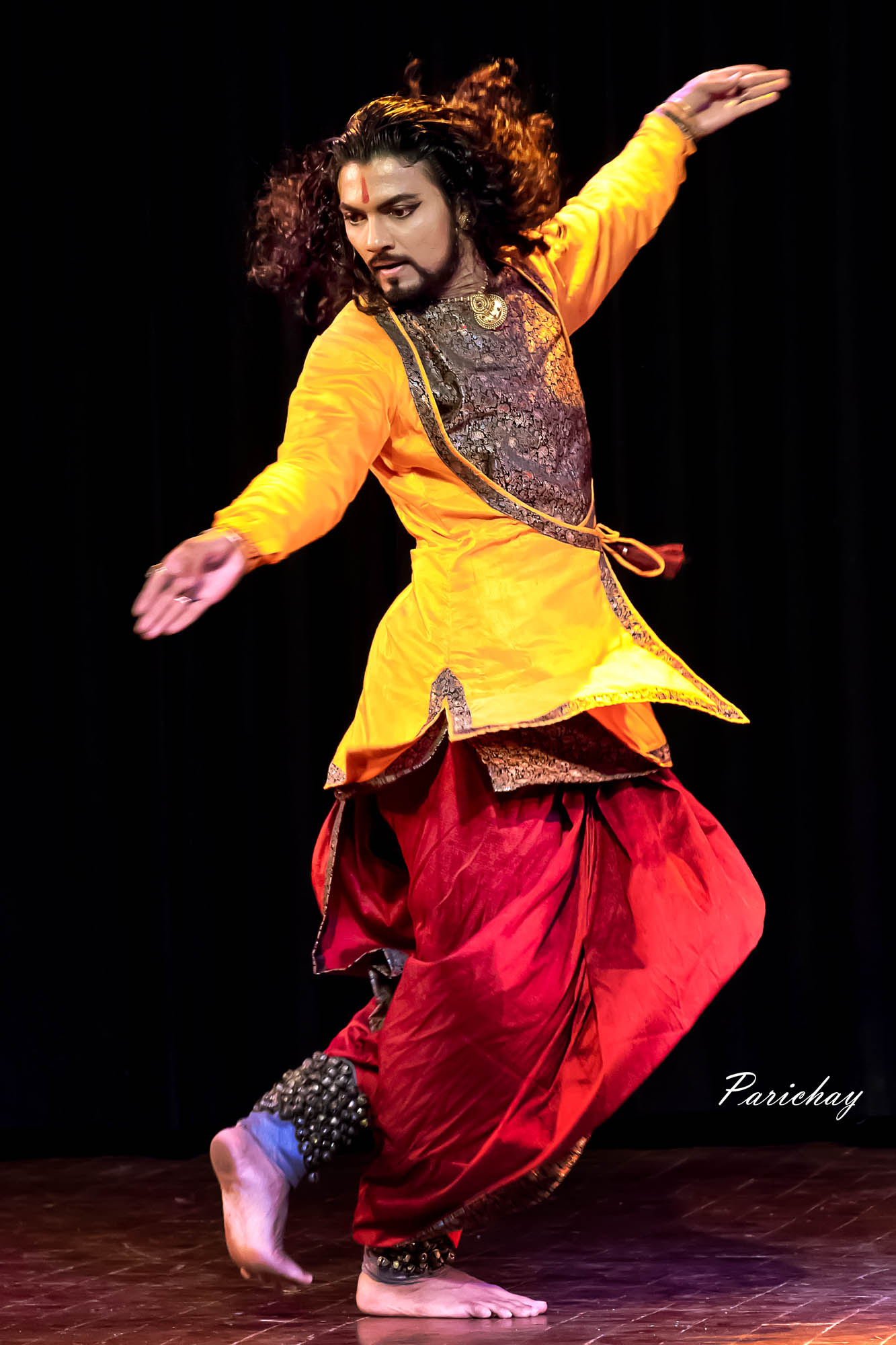
Osadharon photography😊